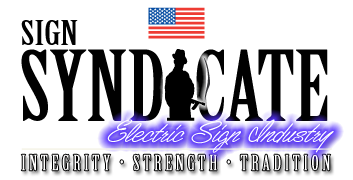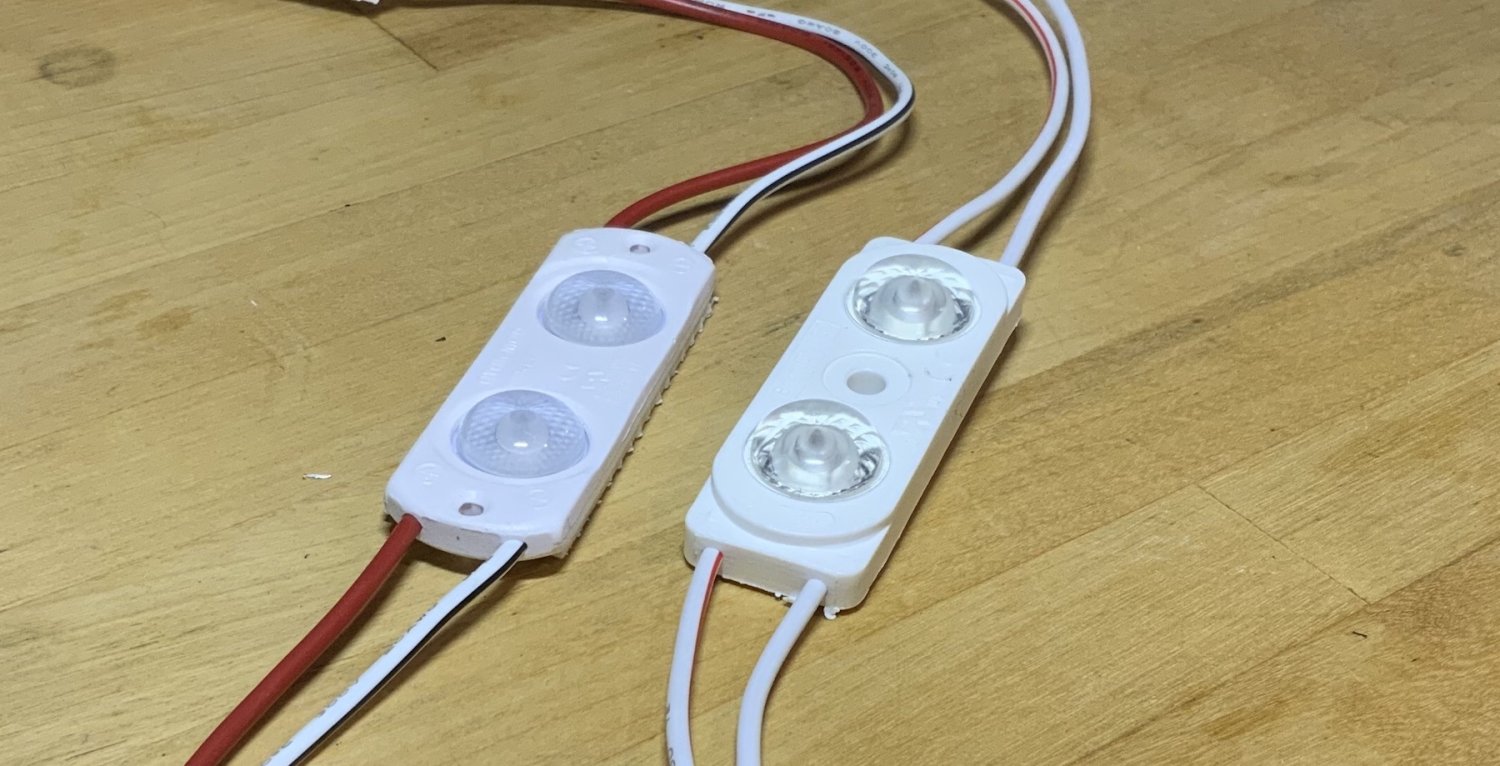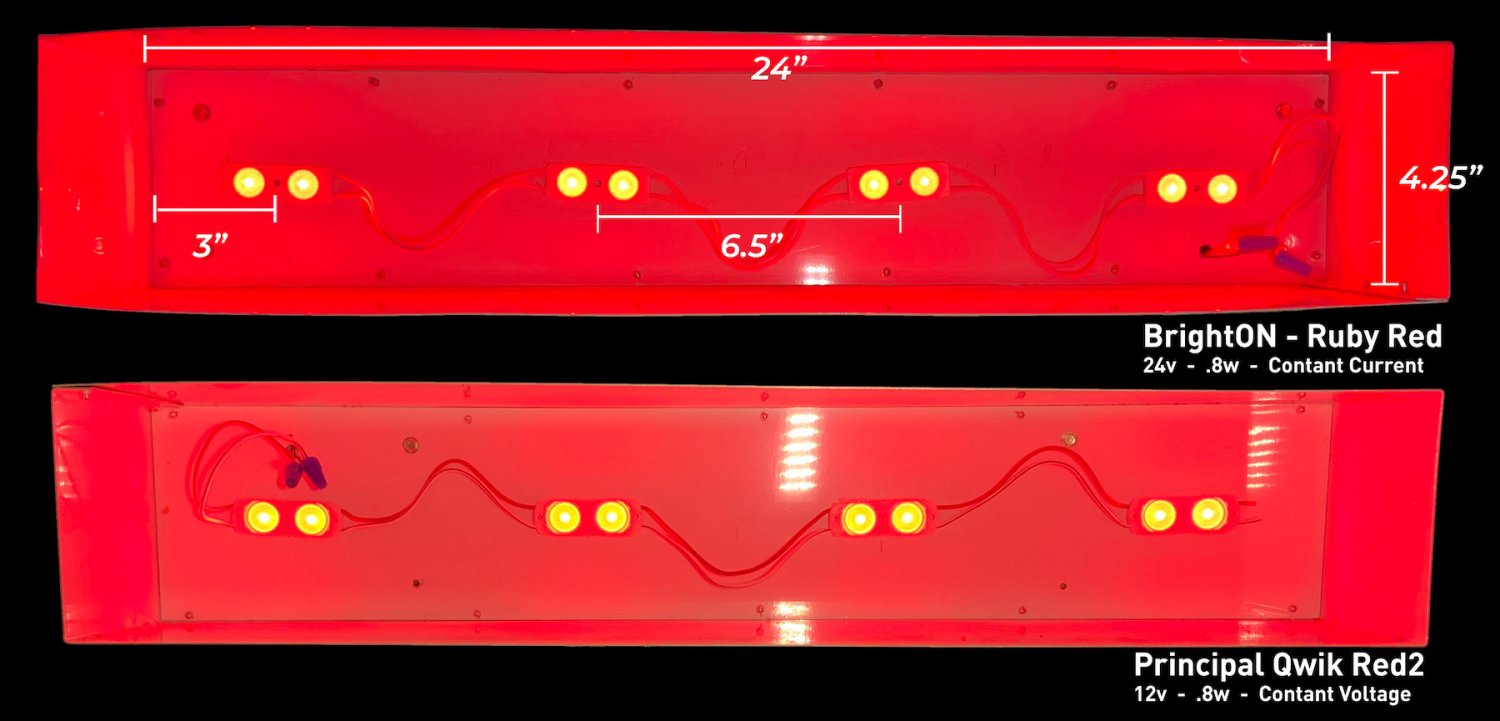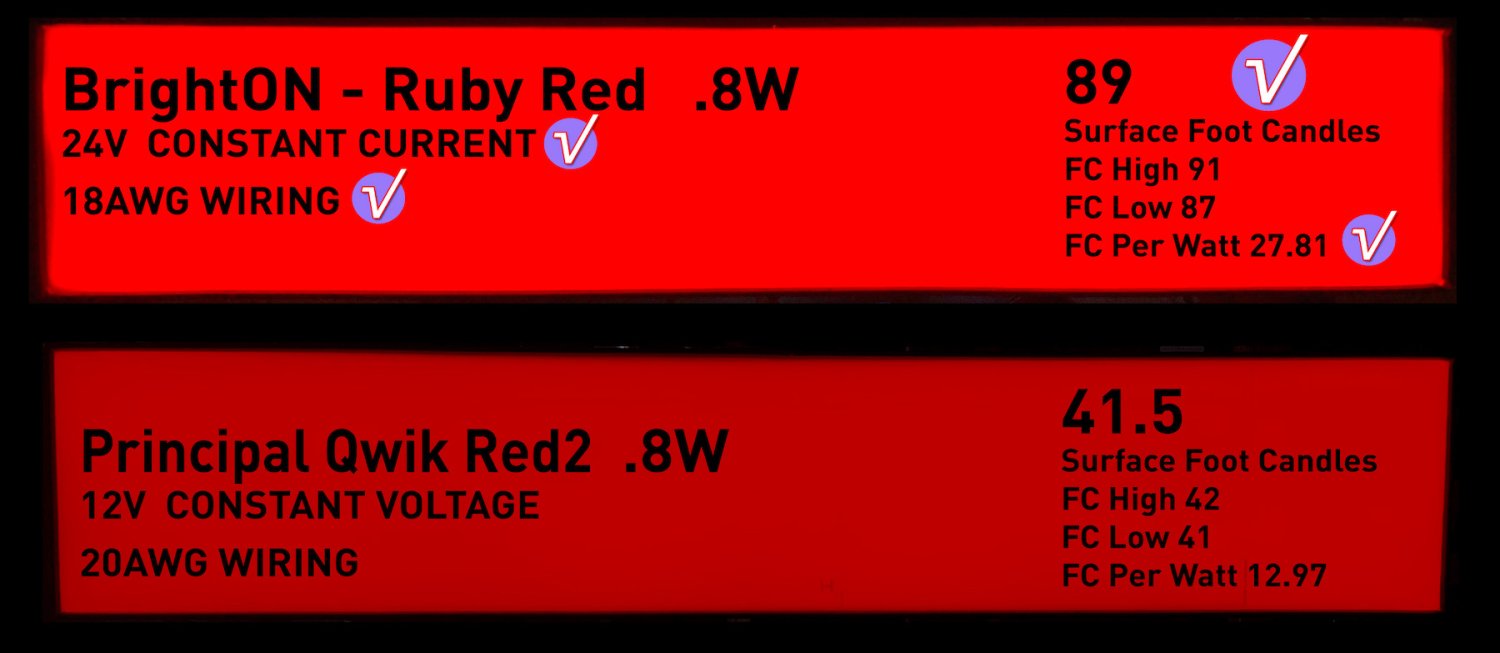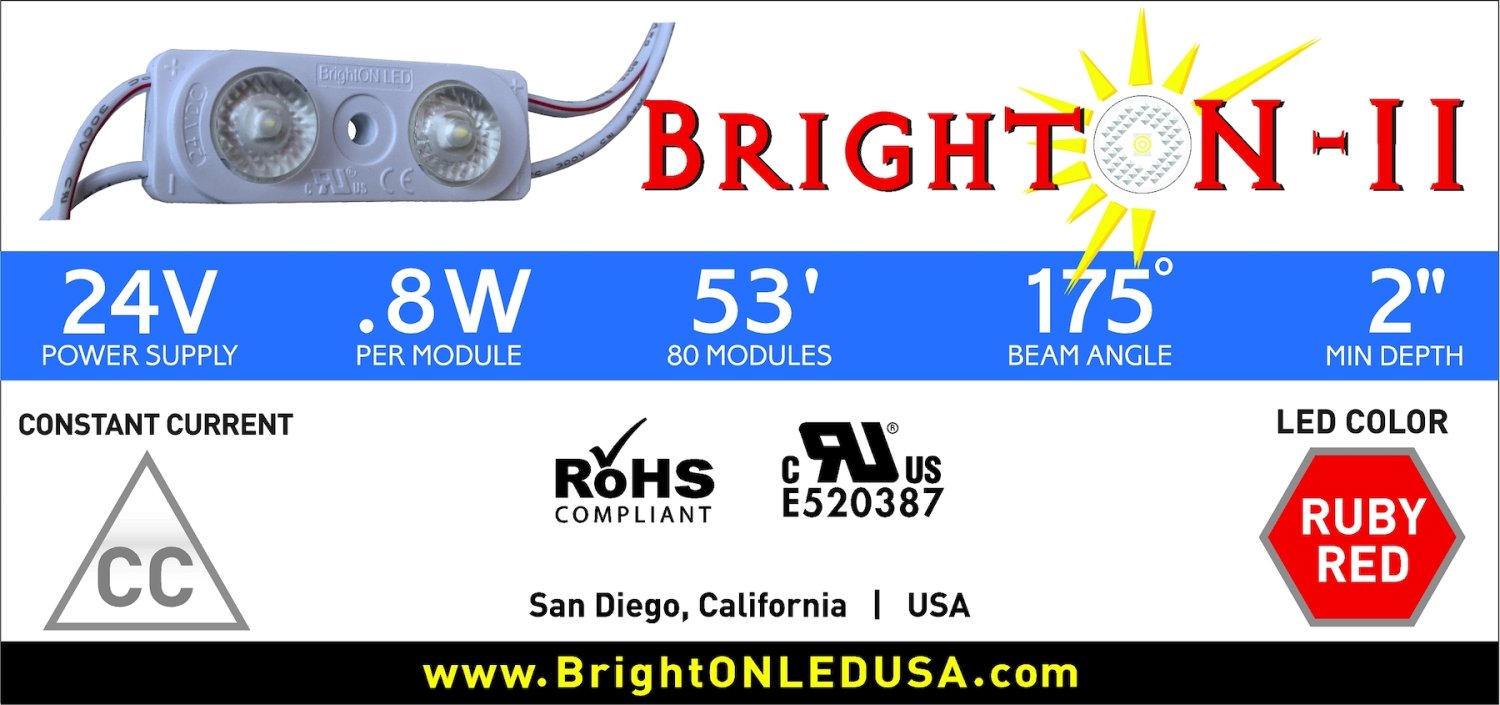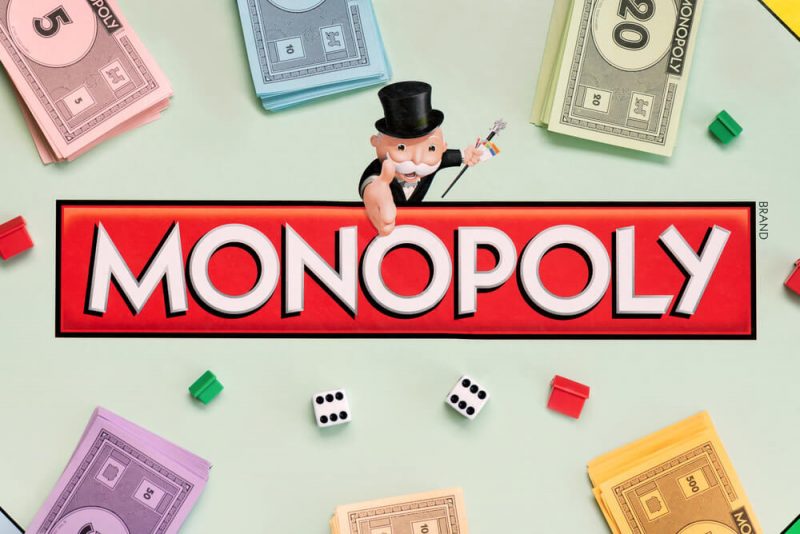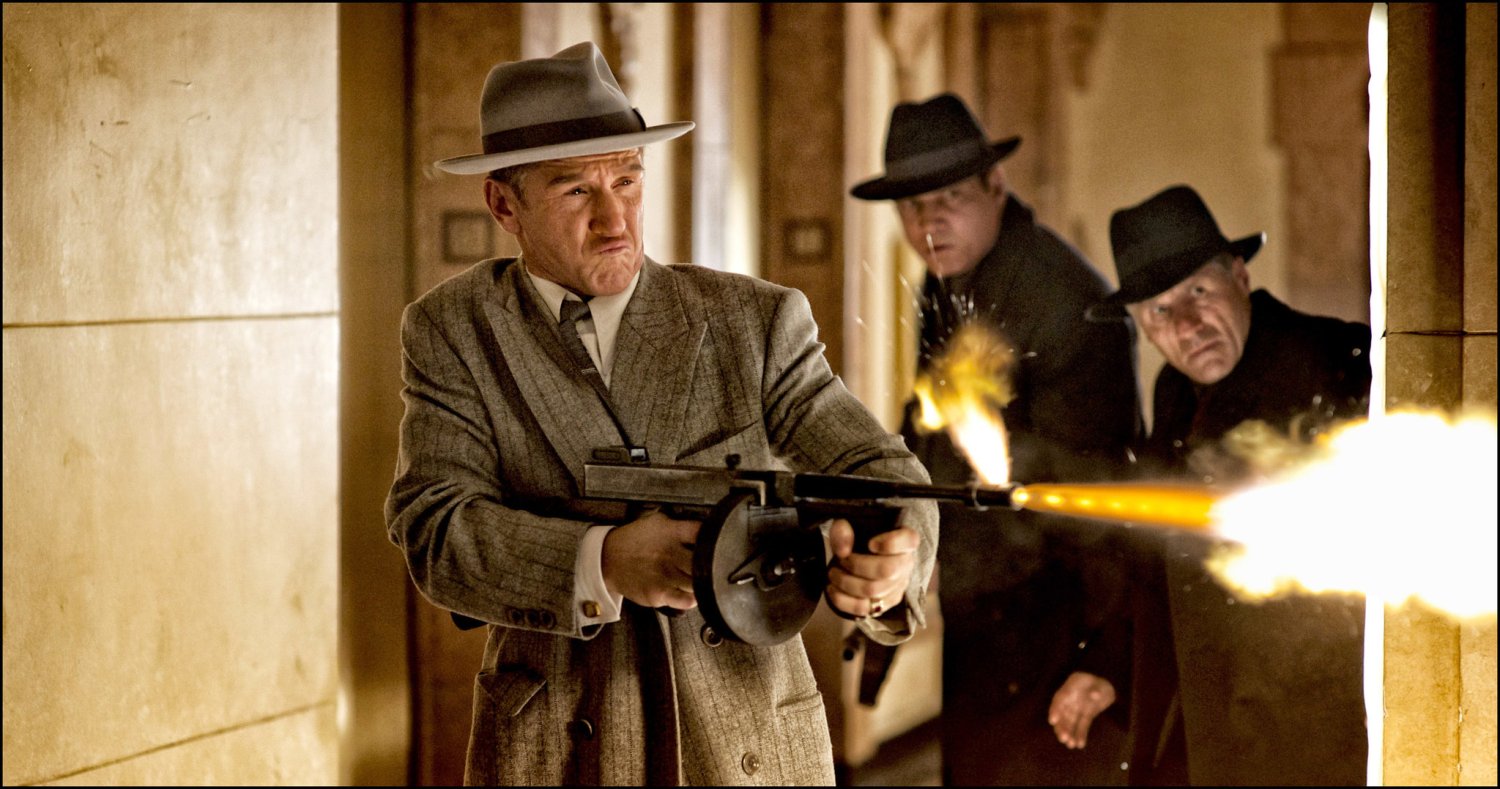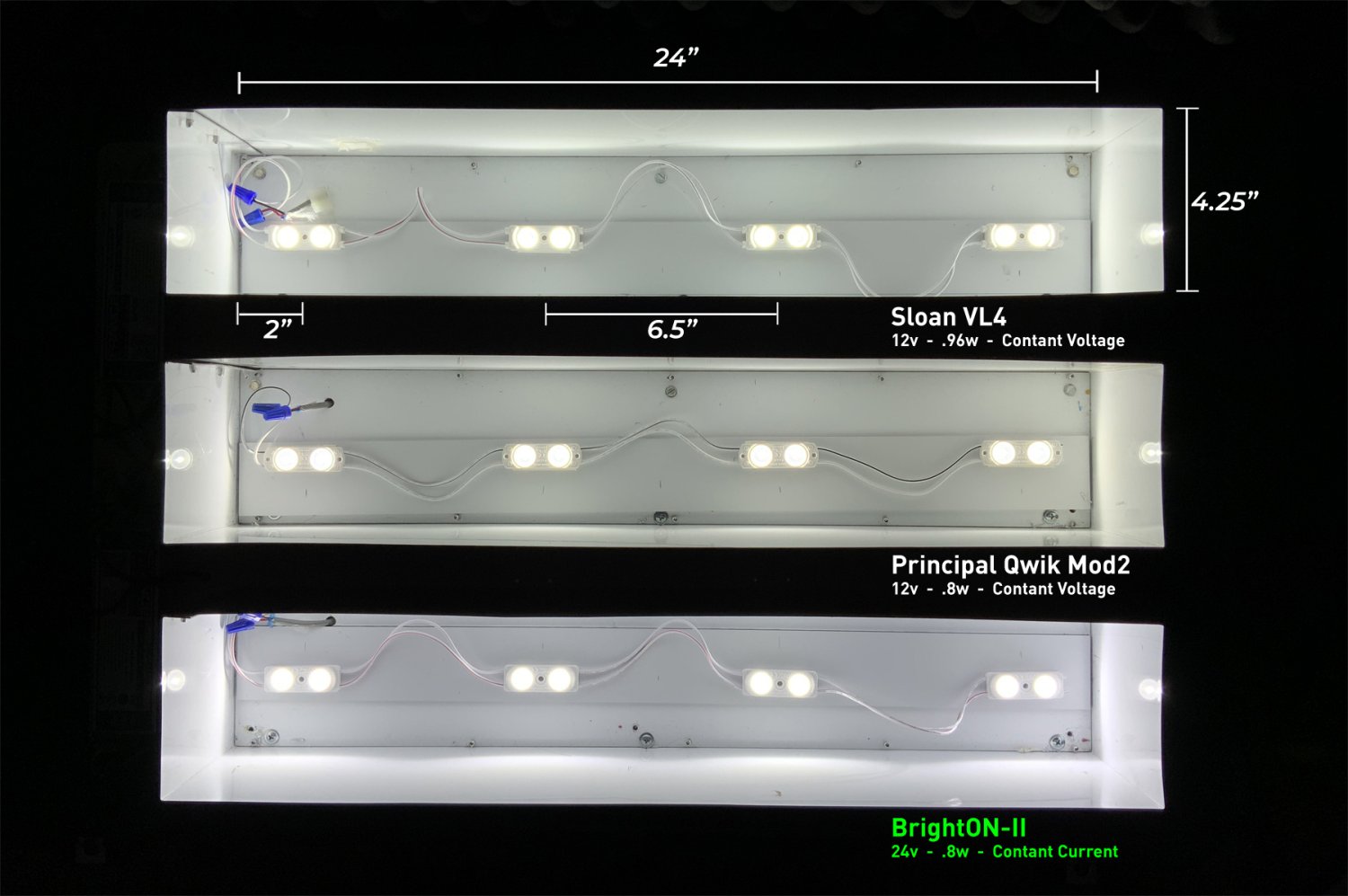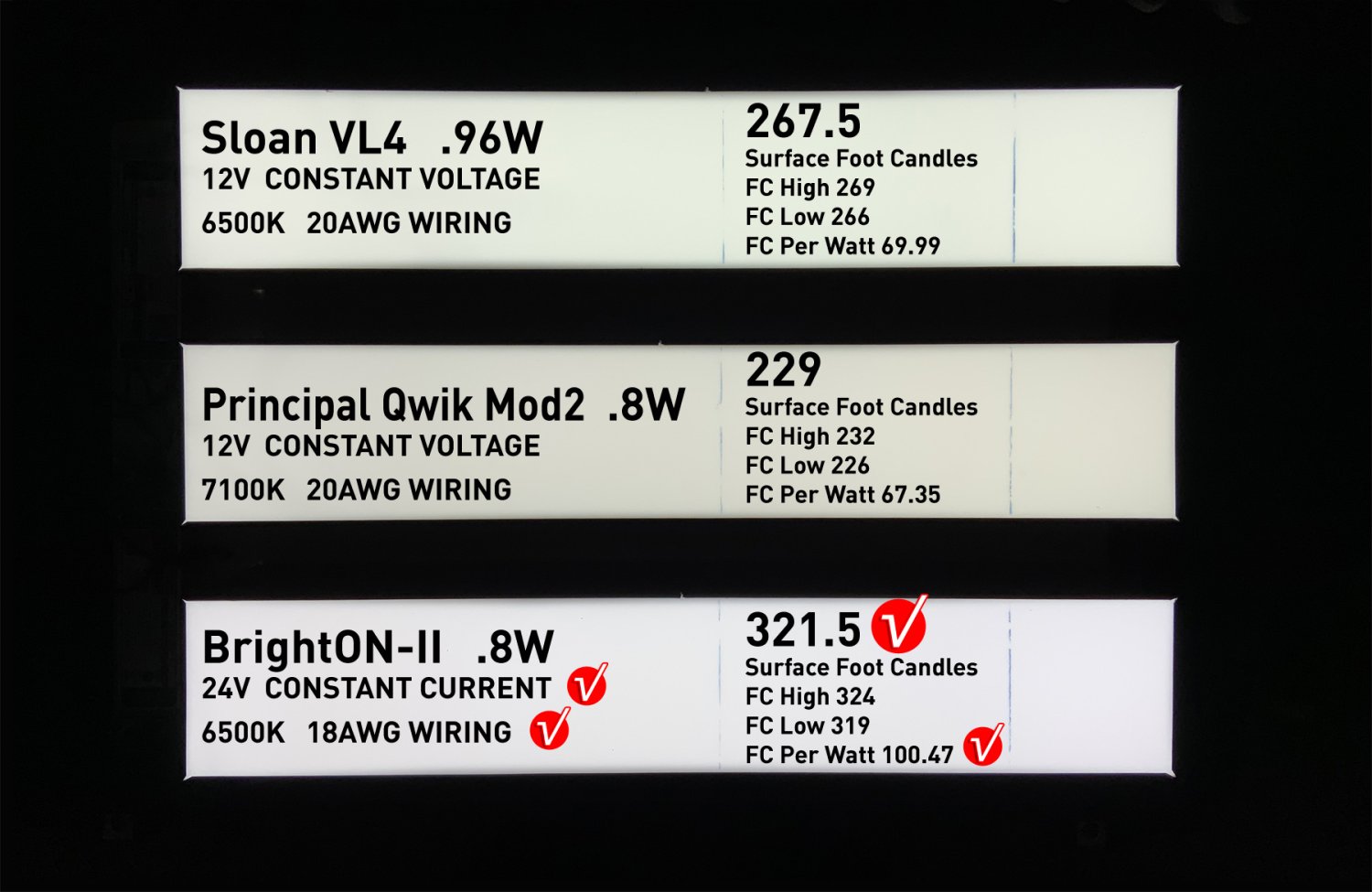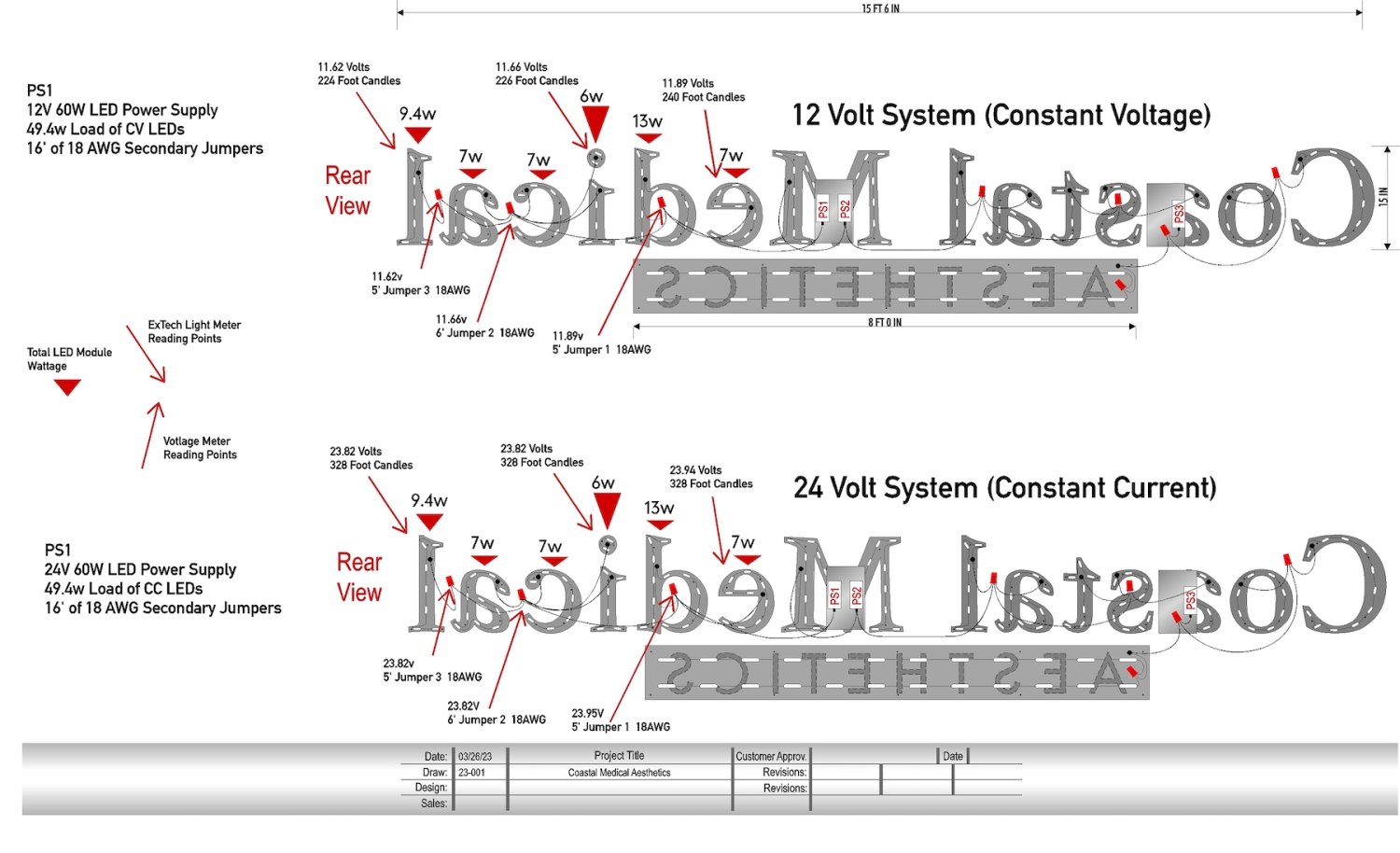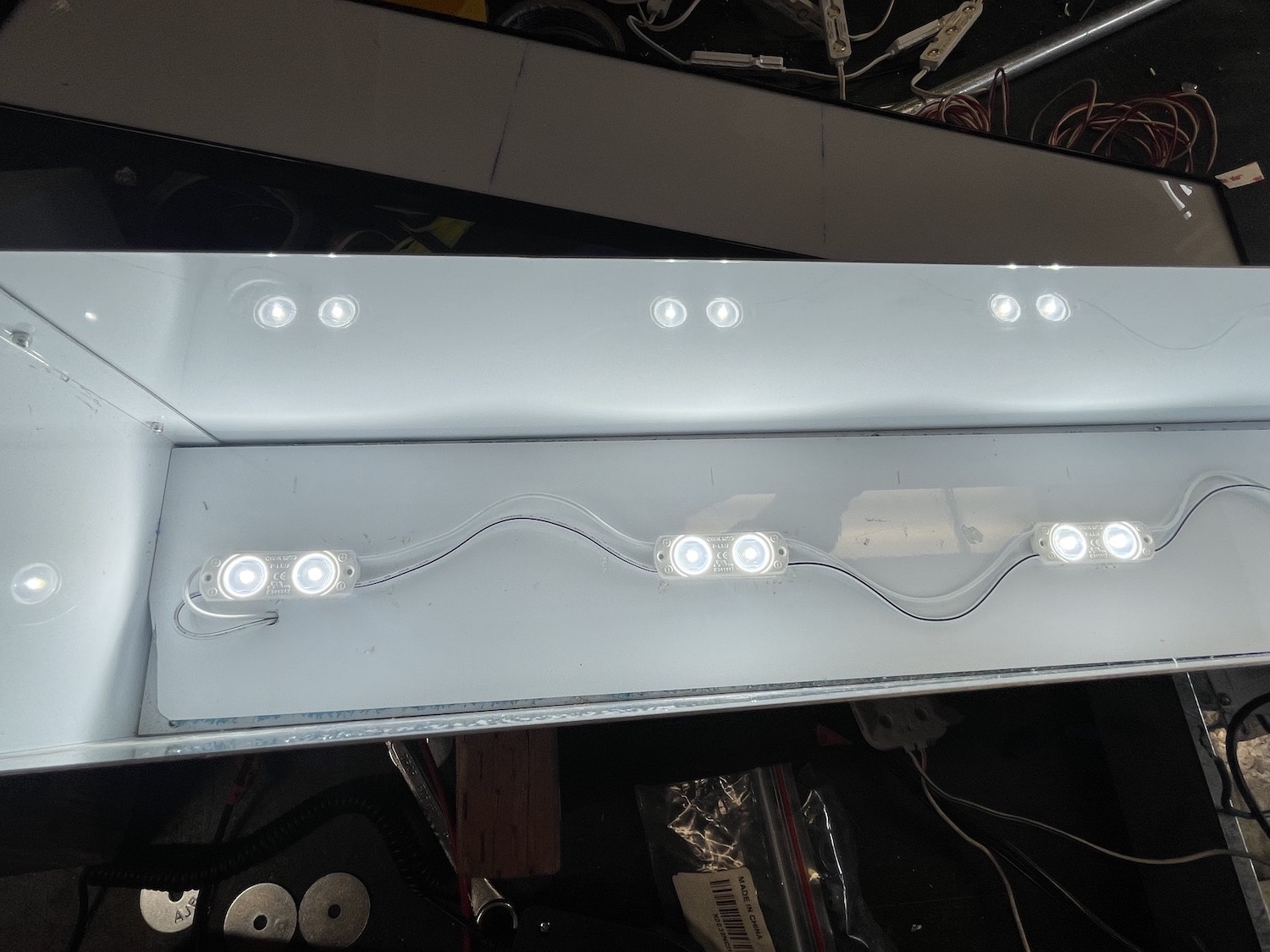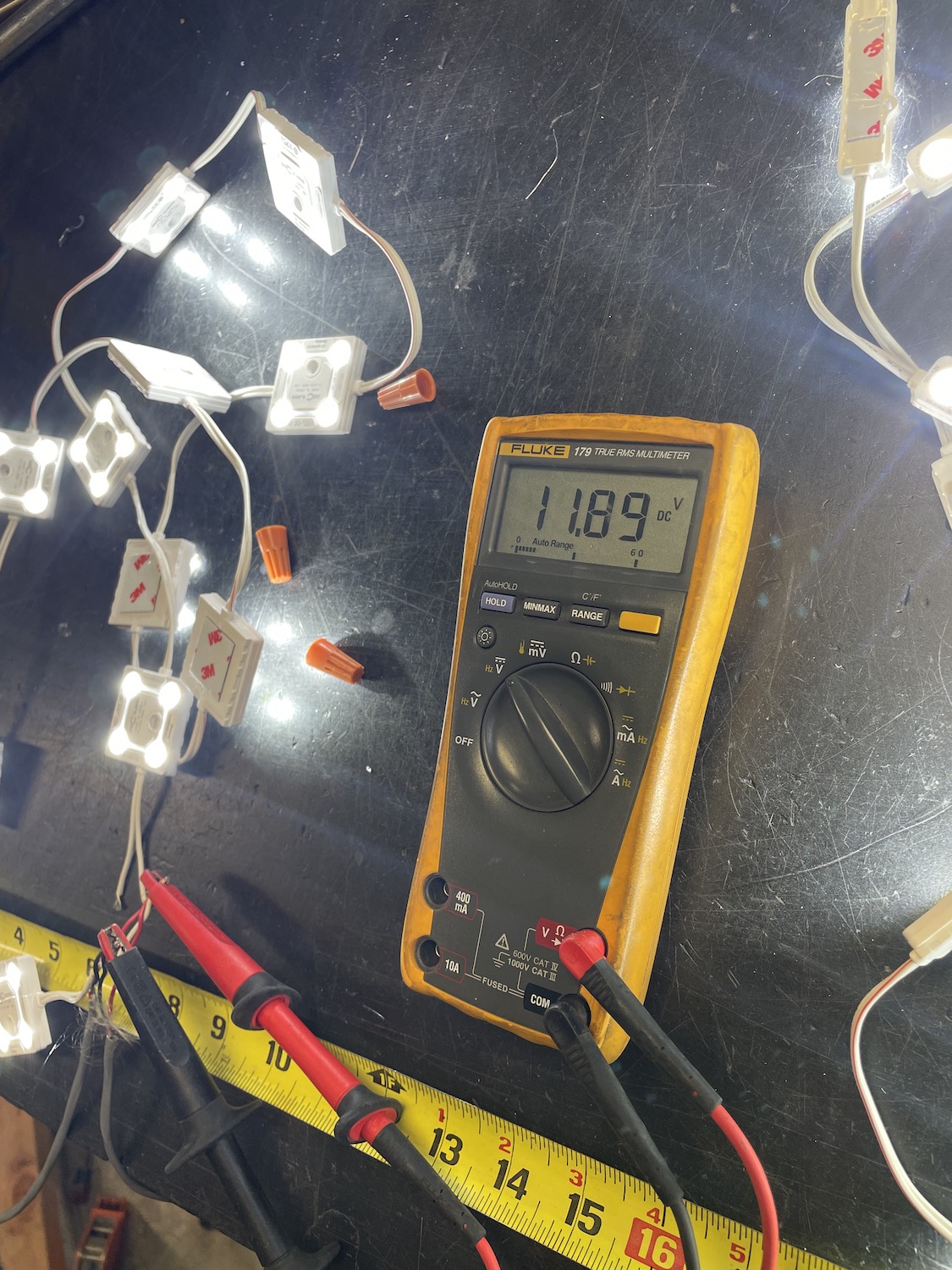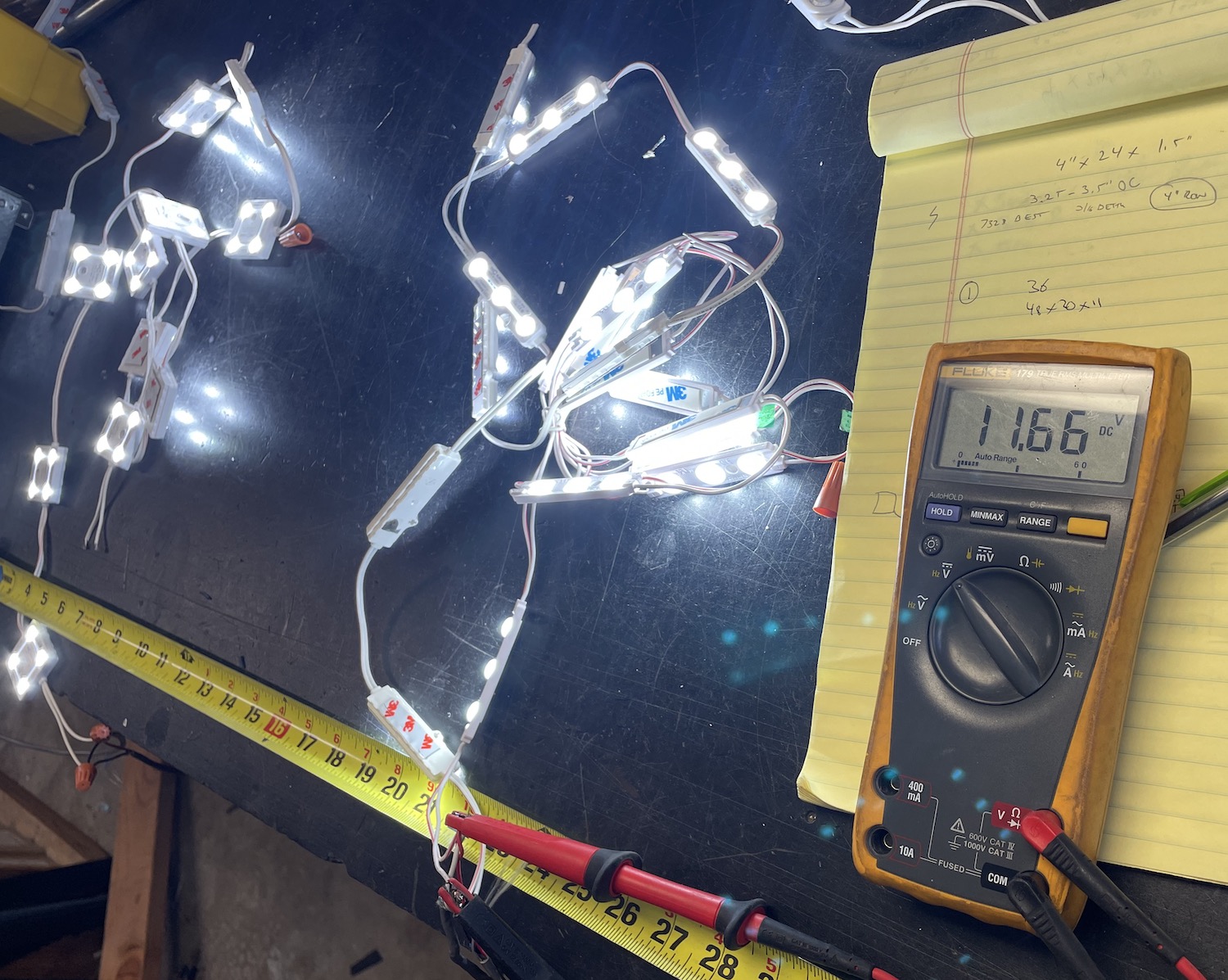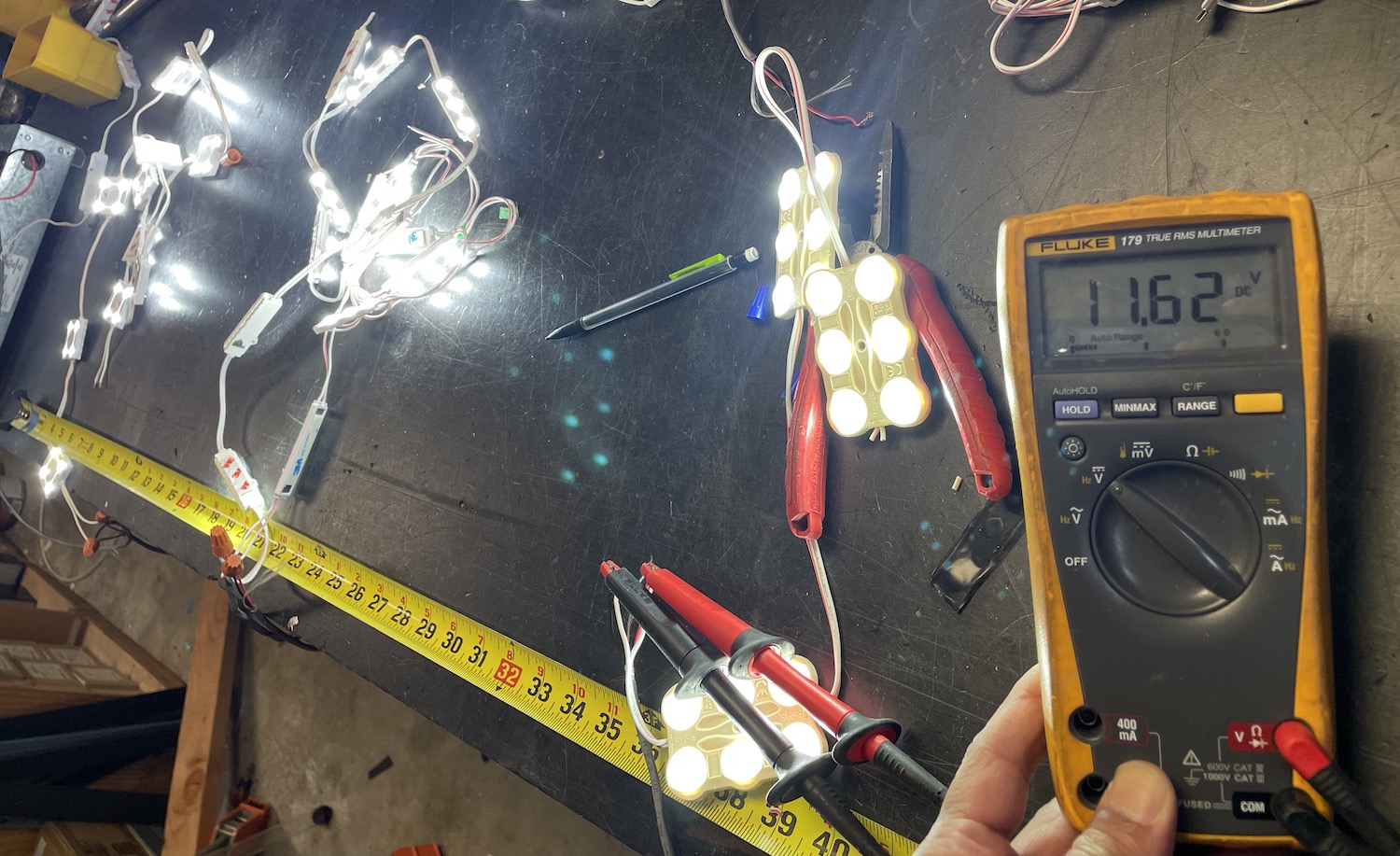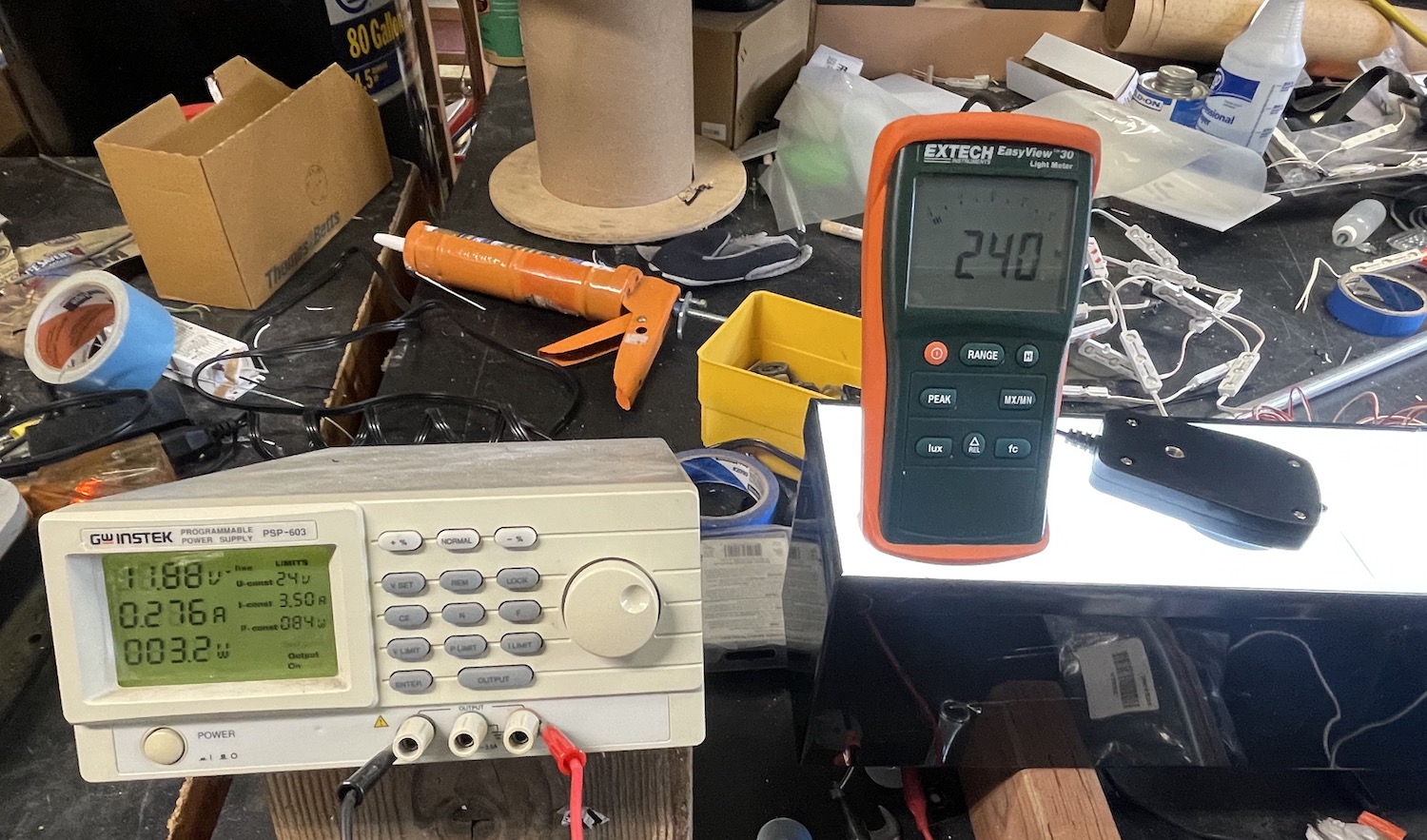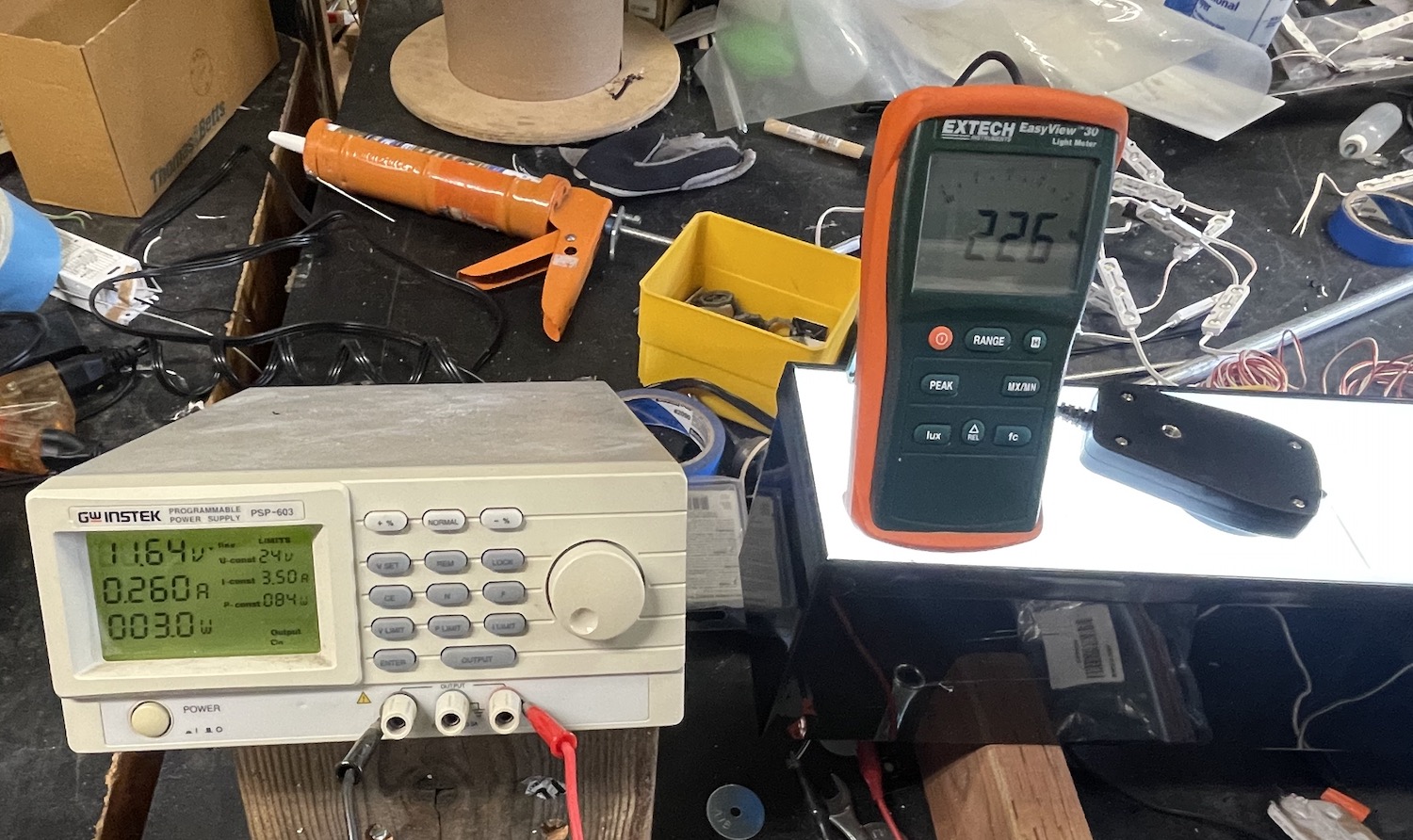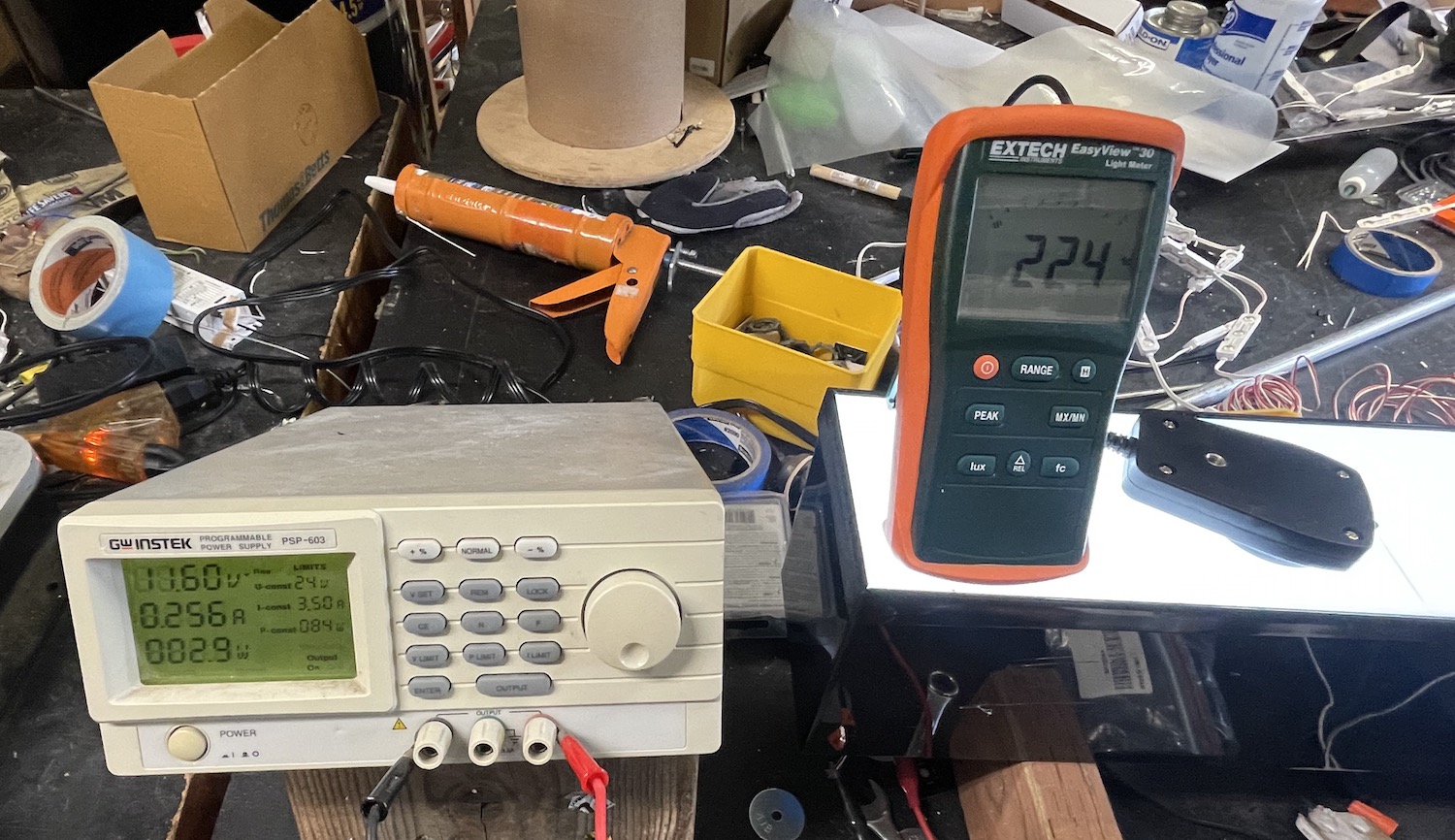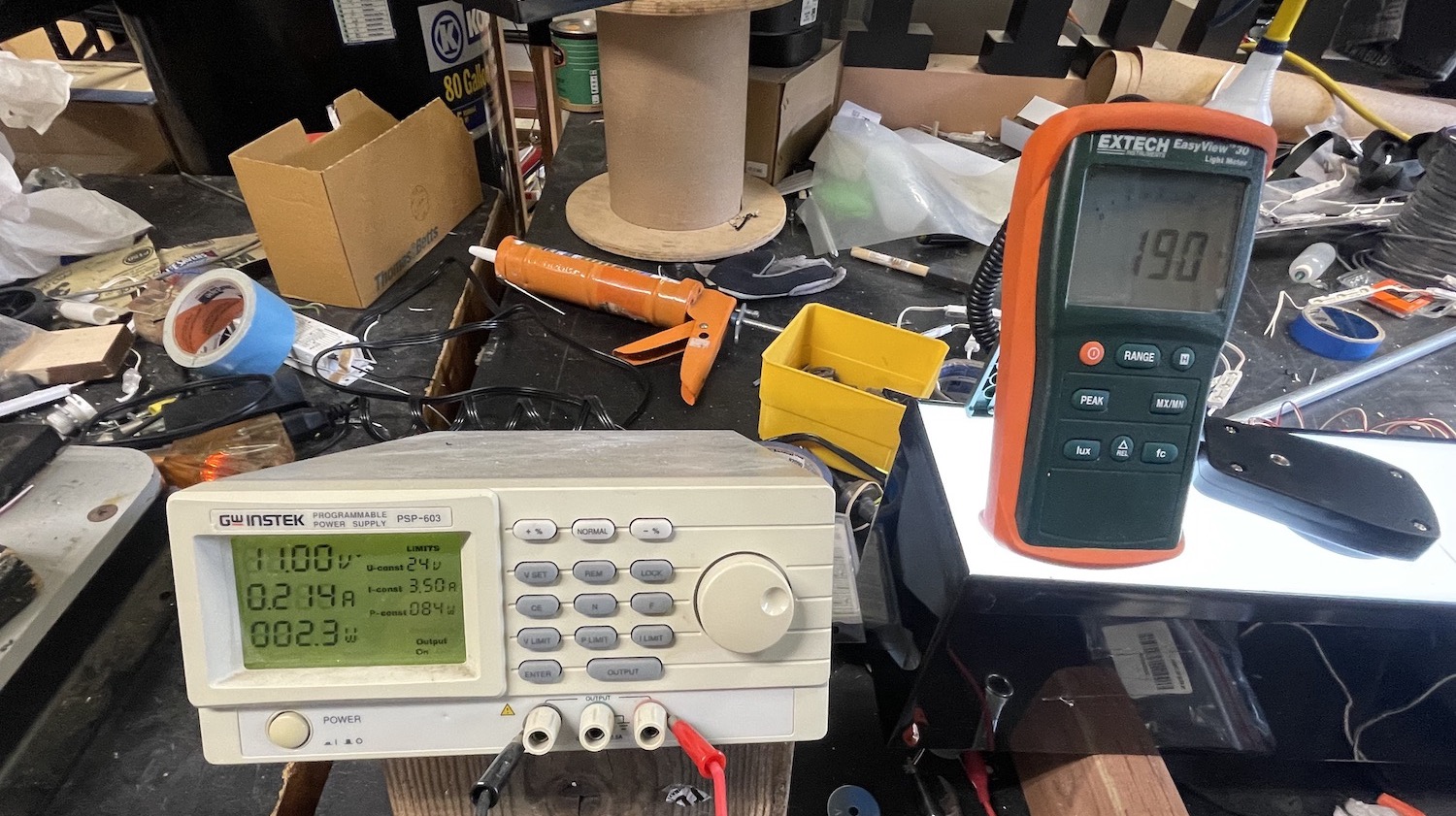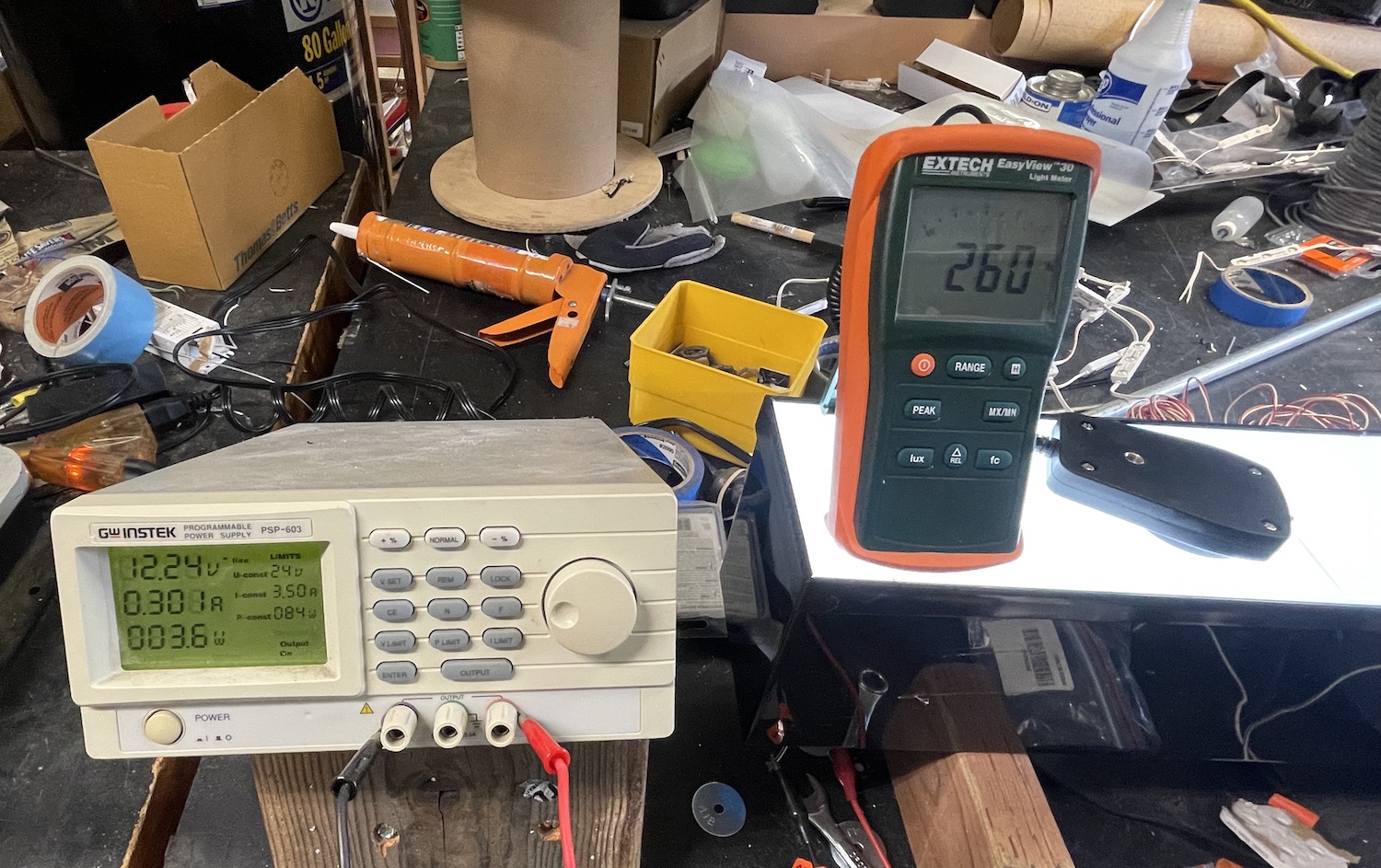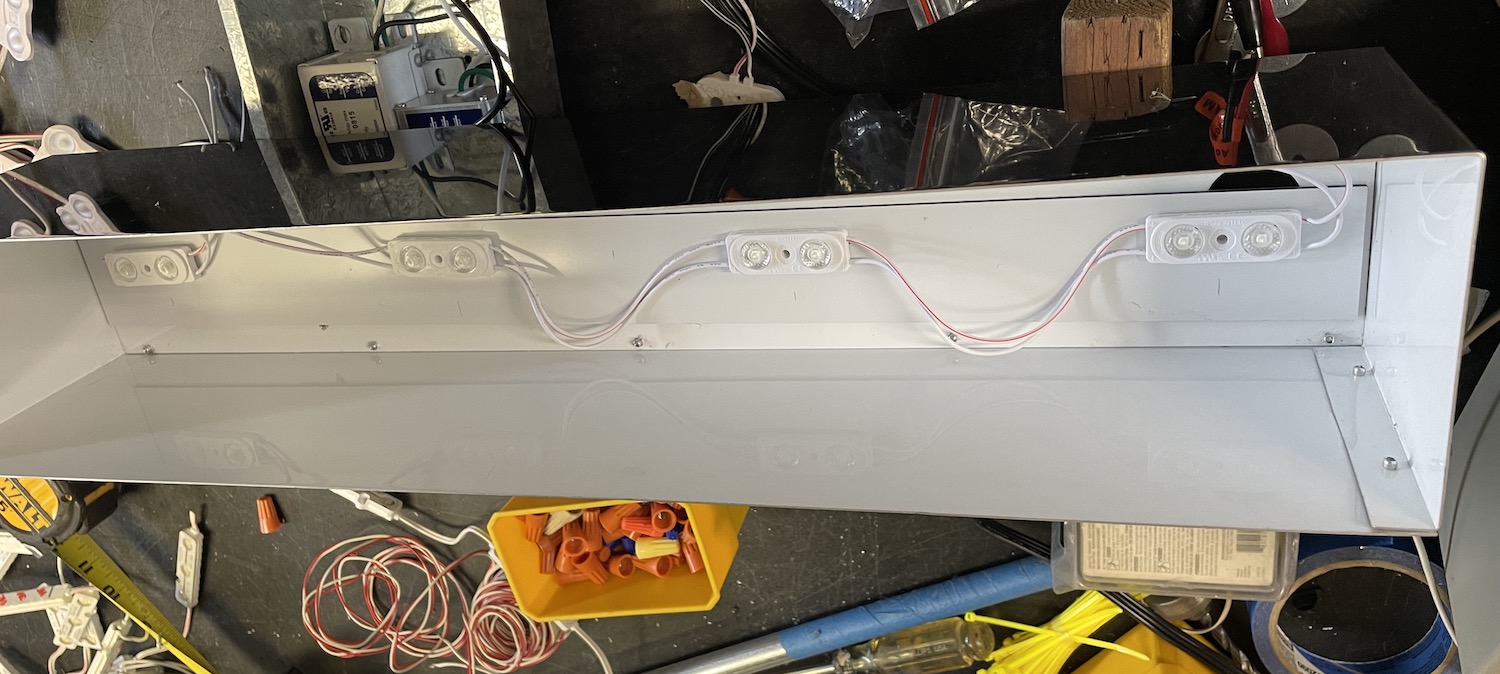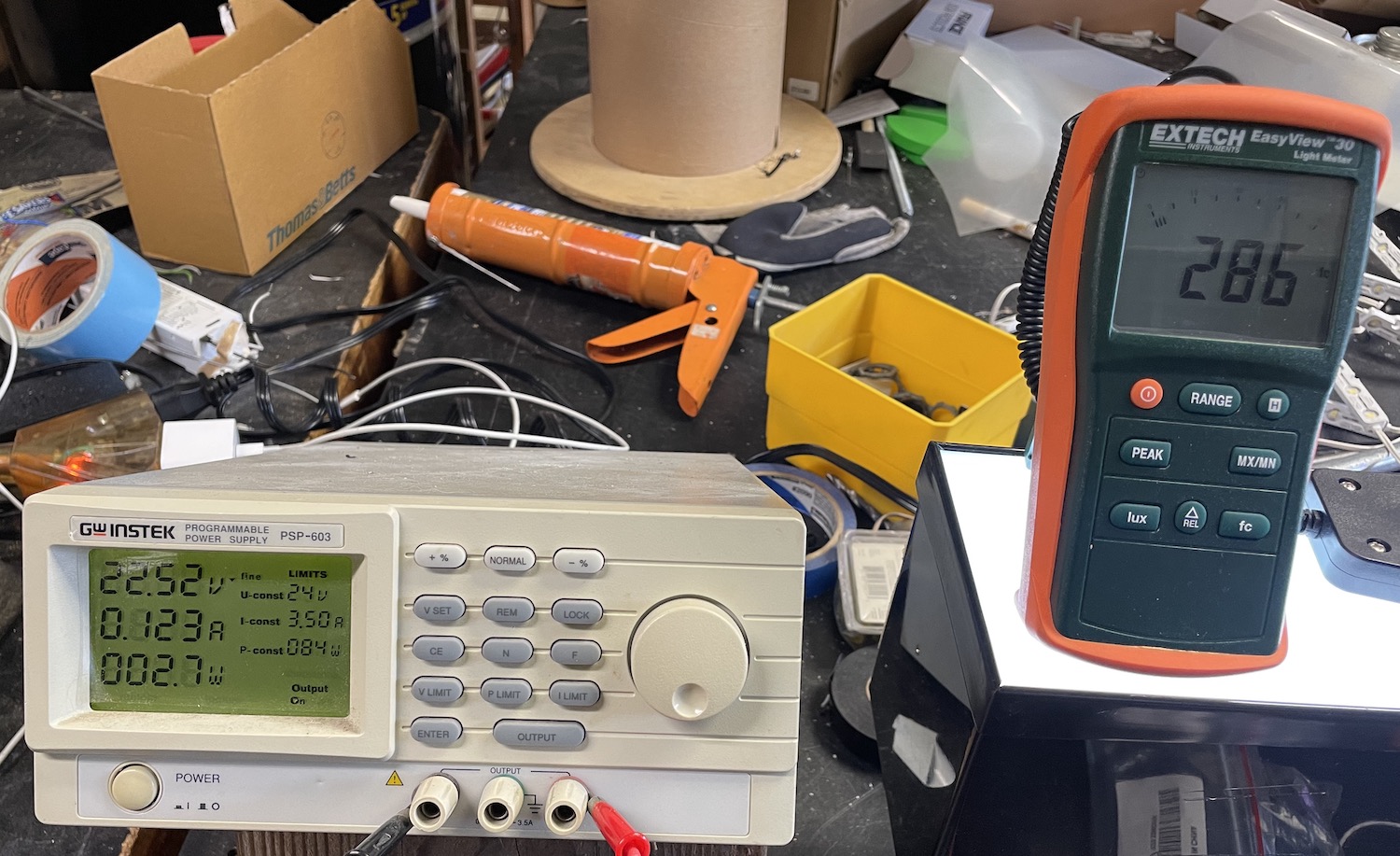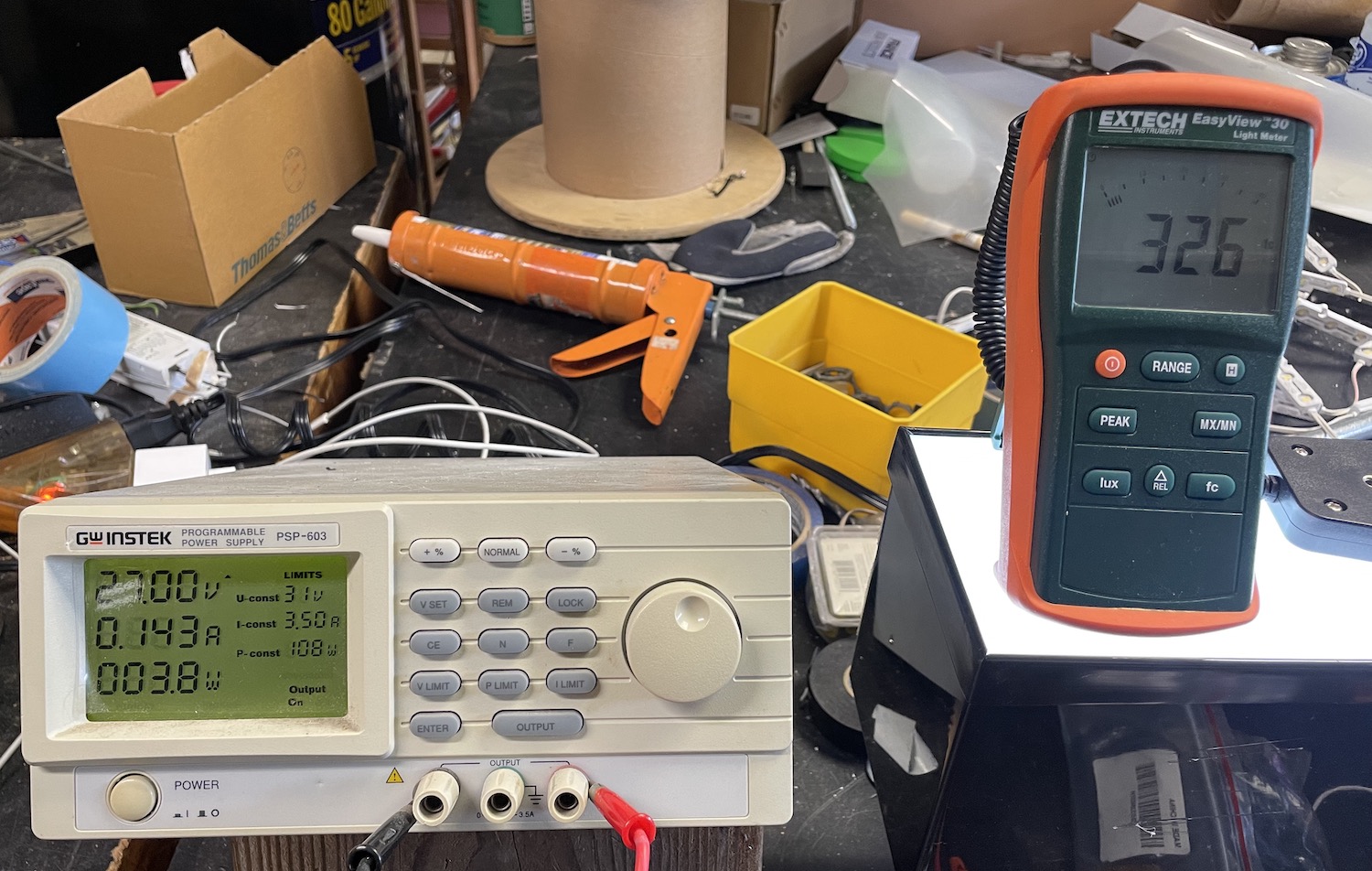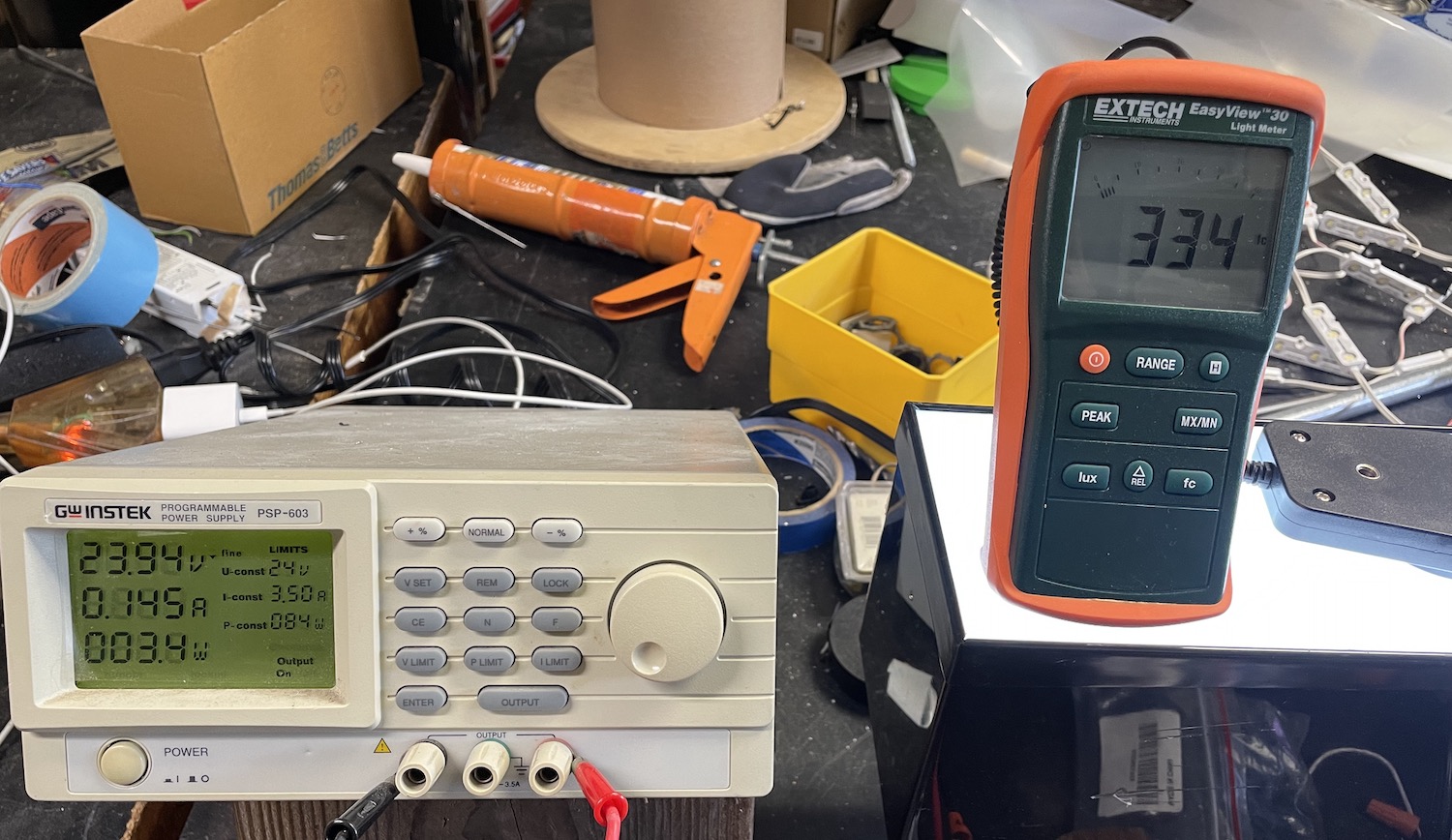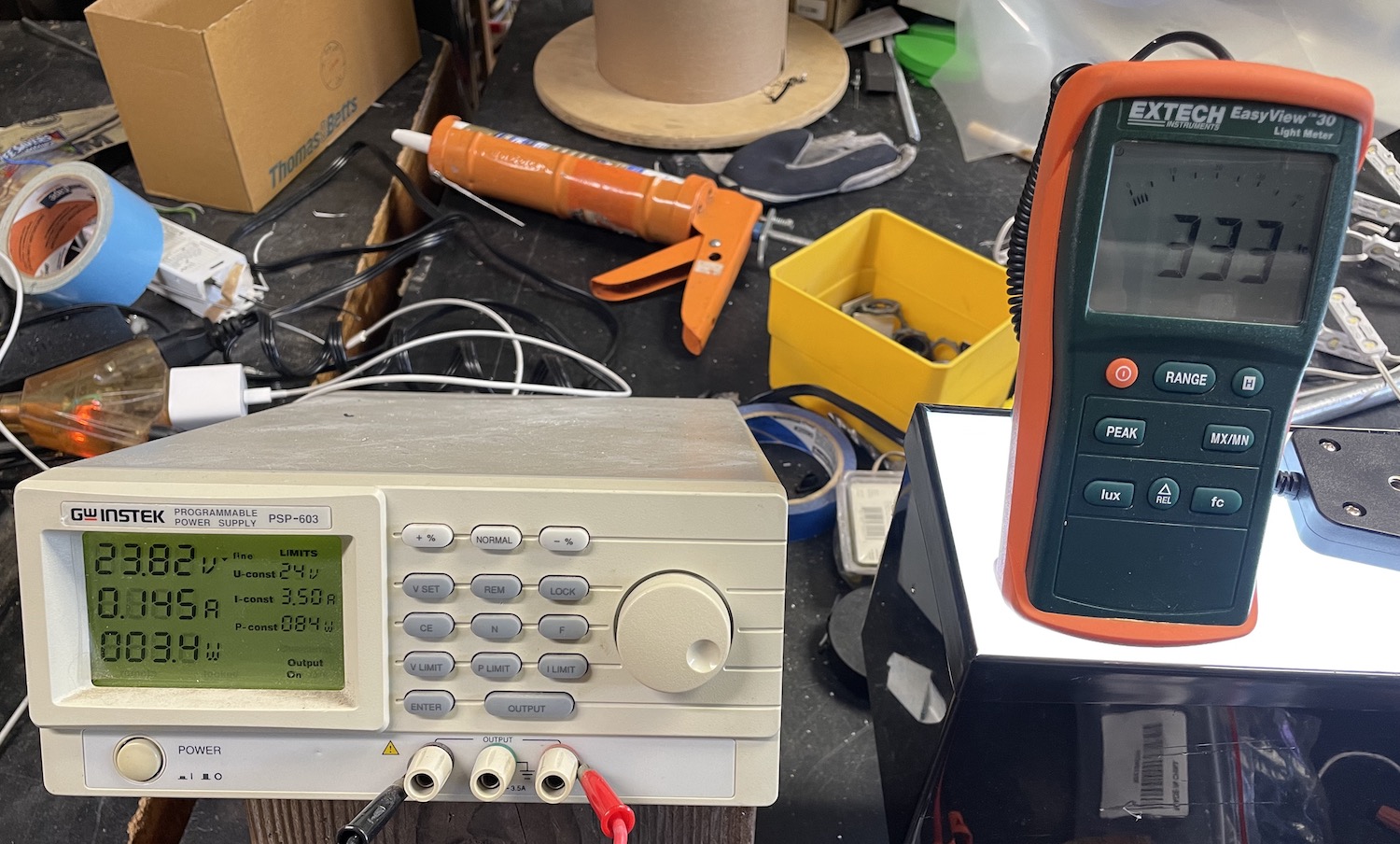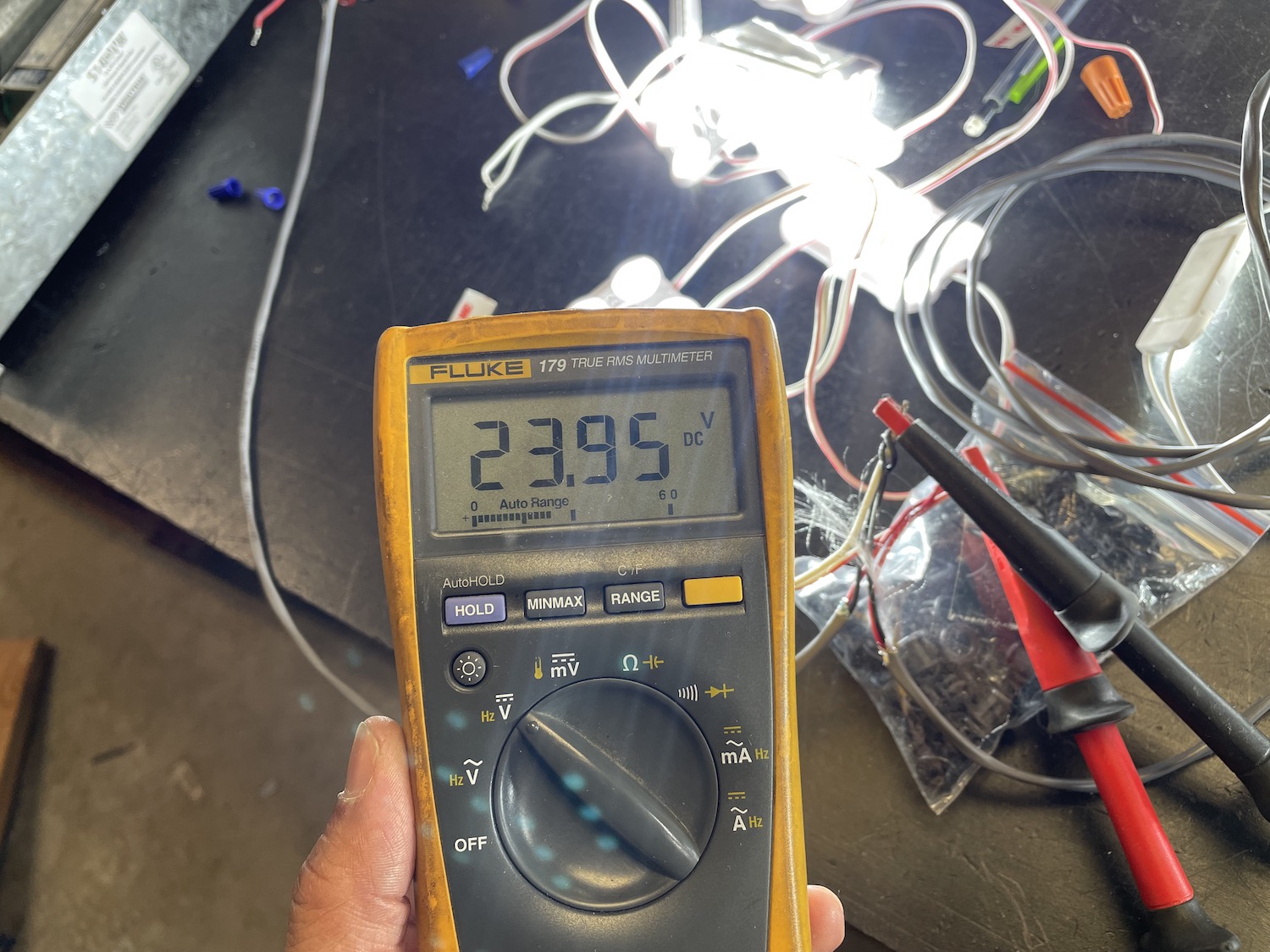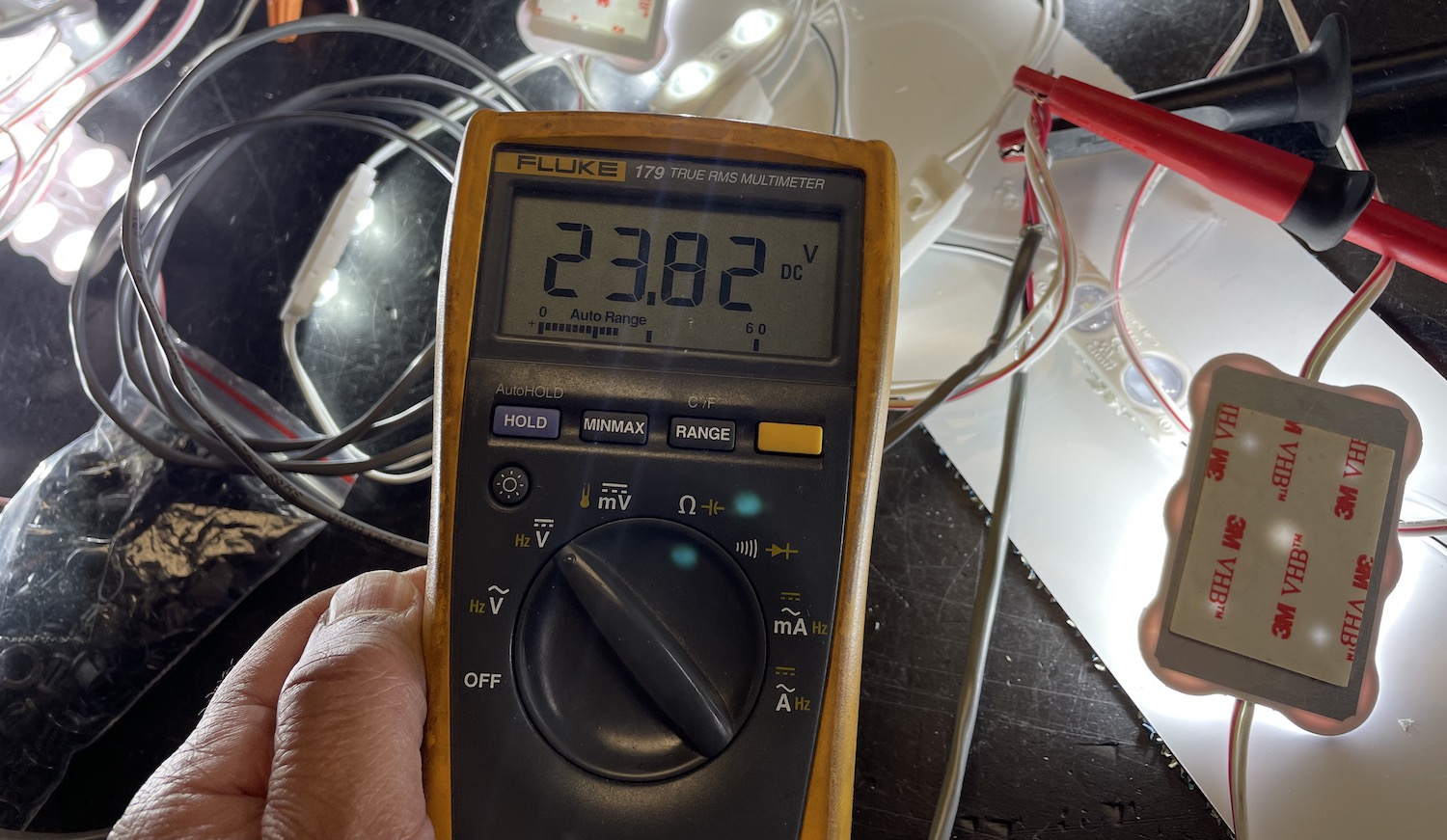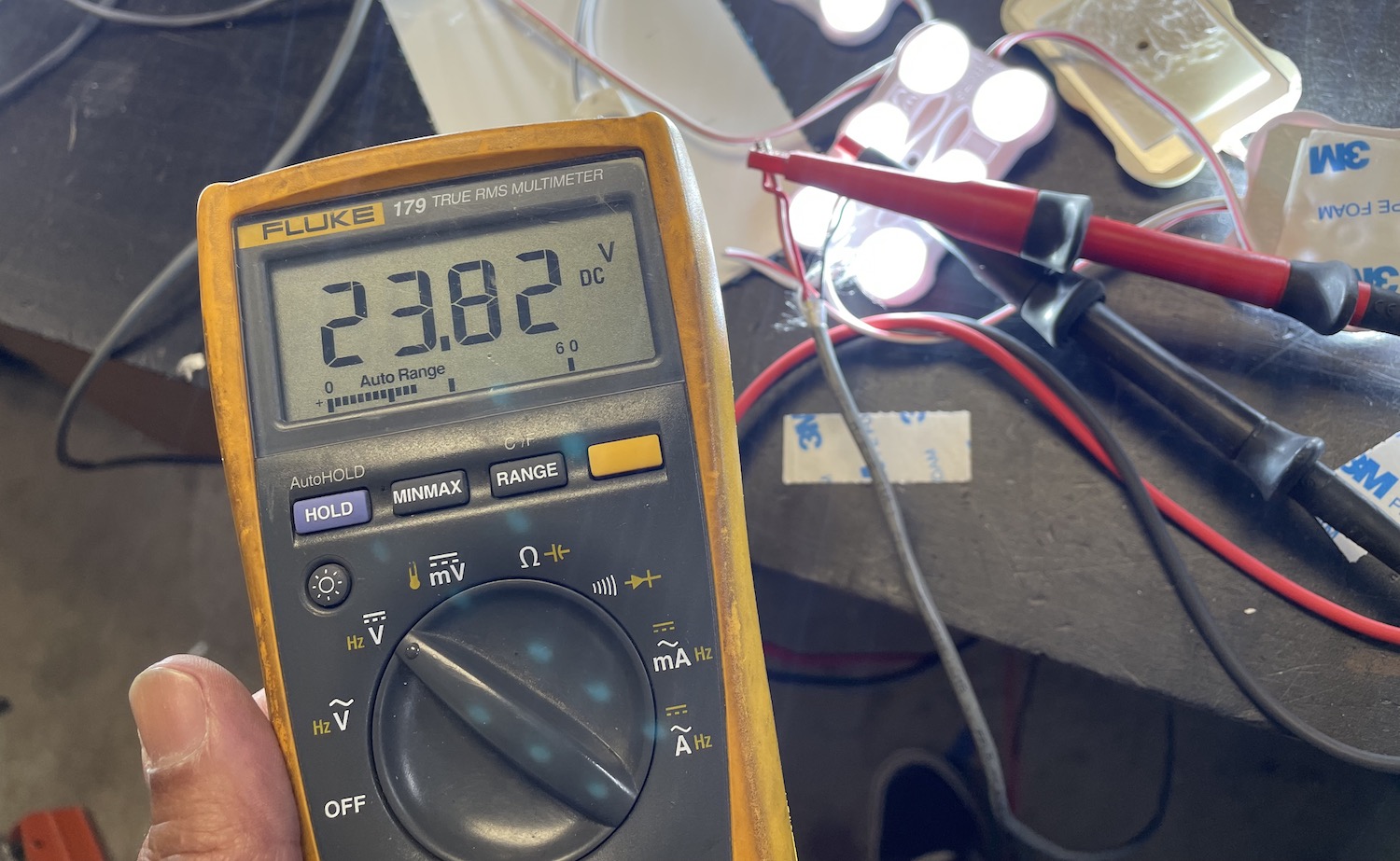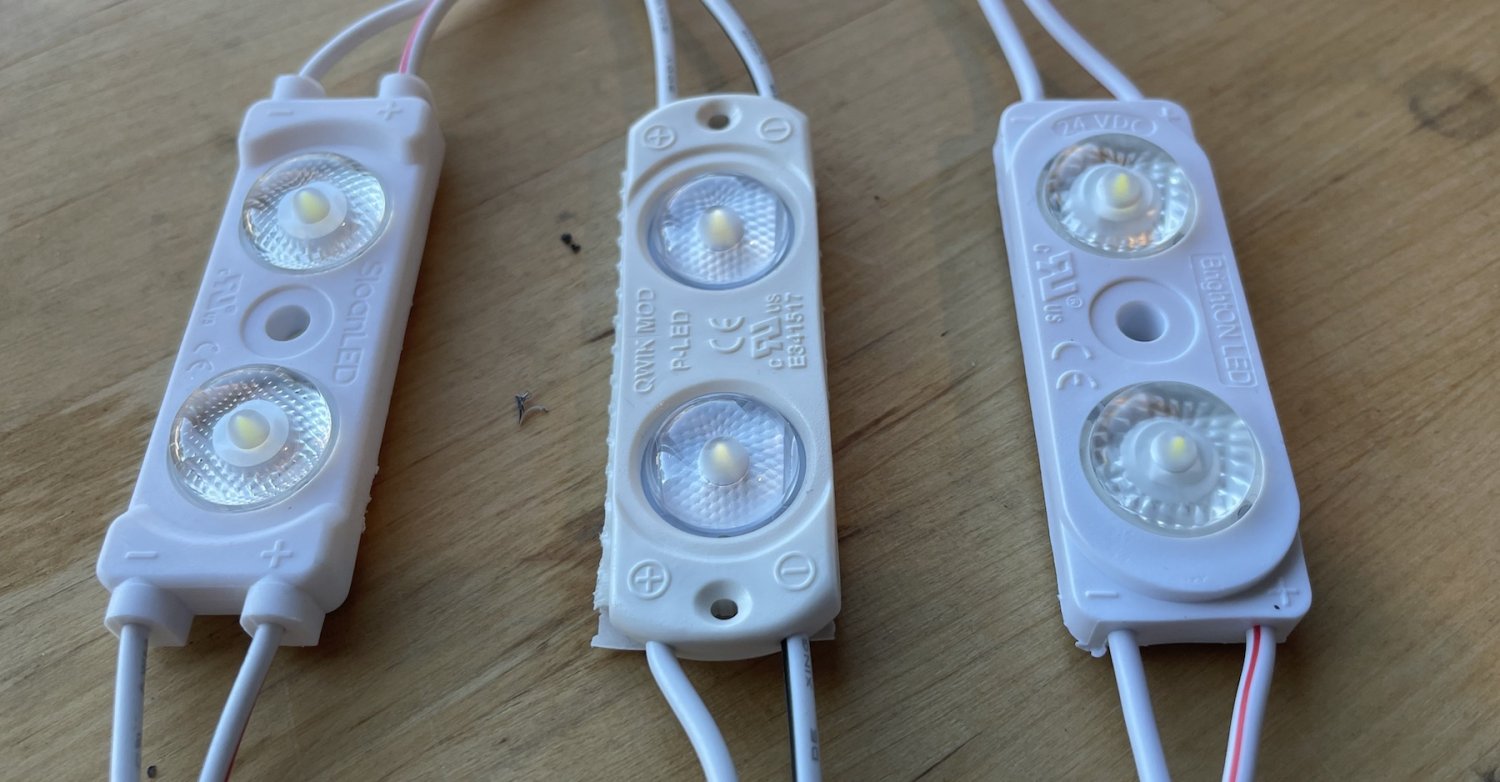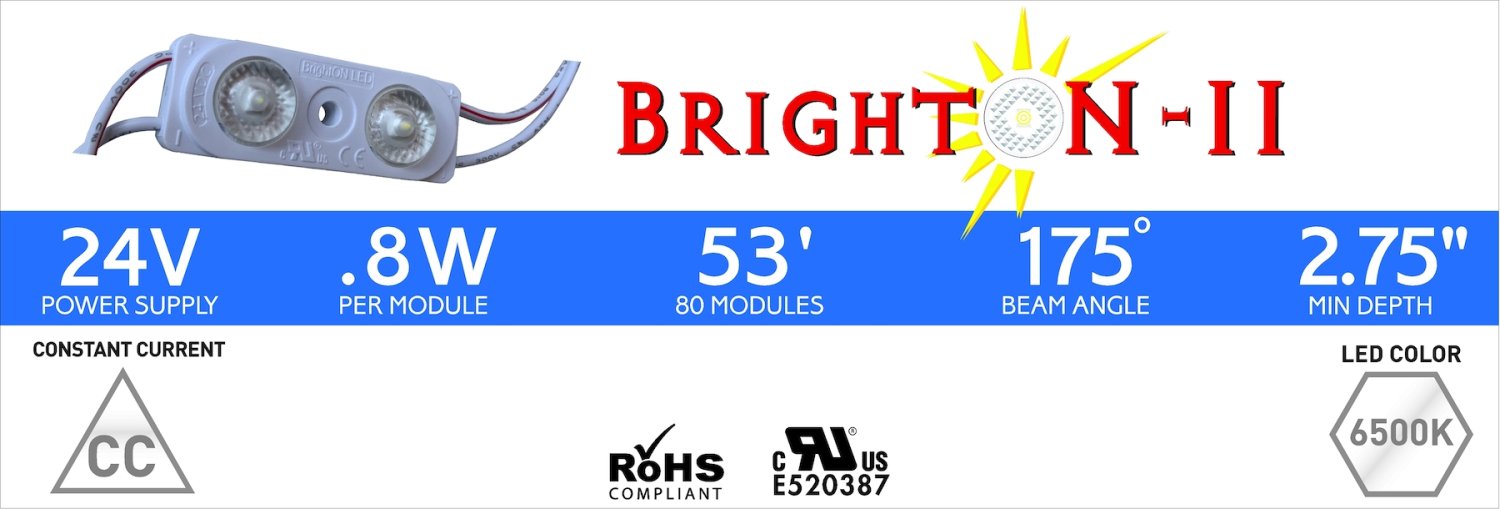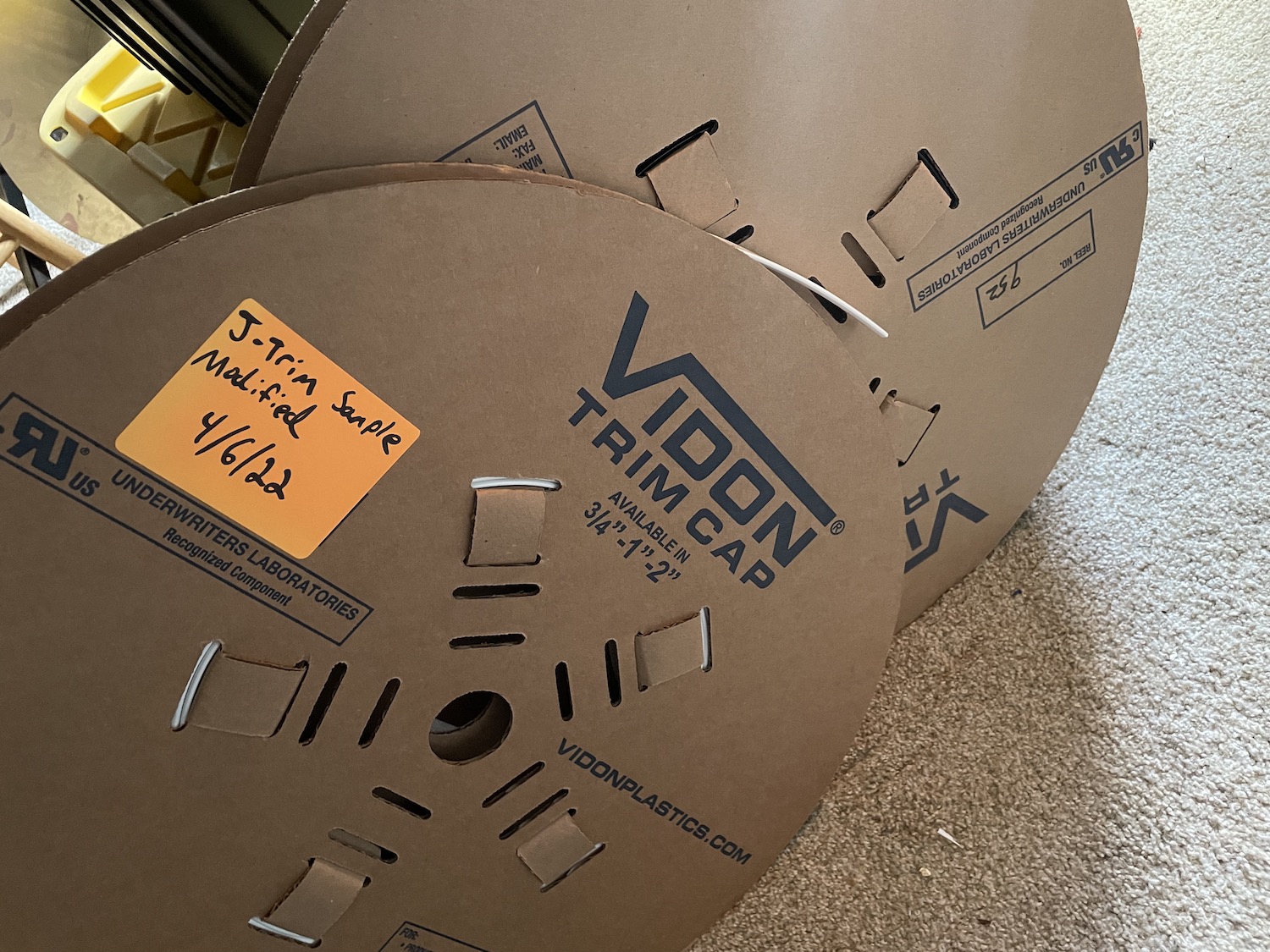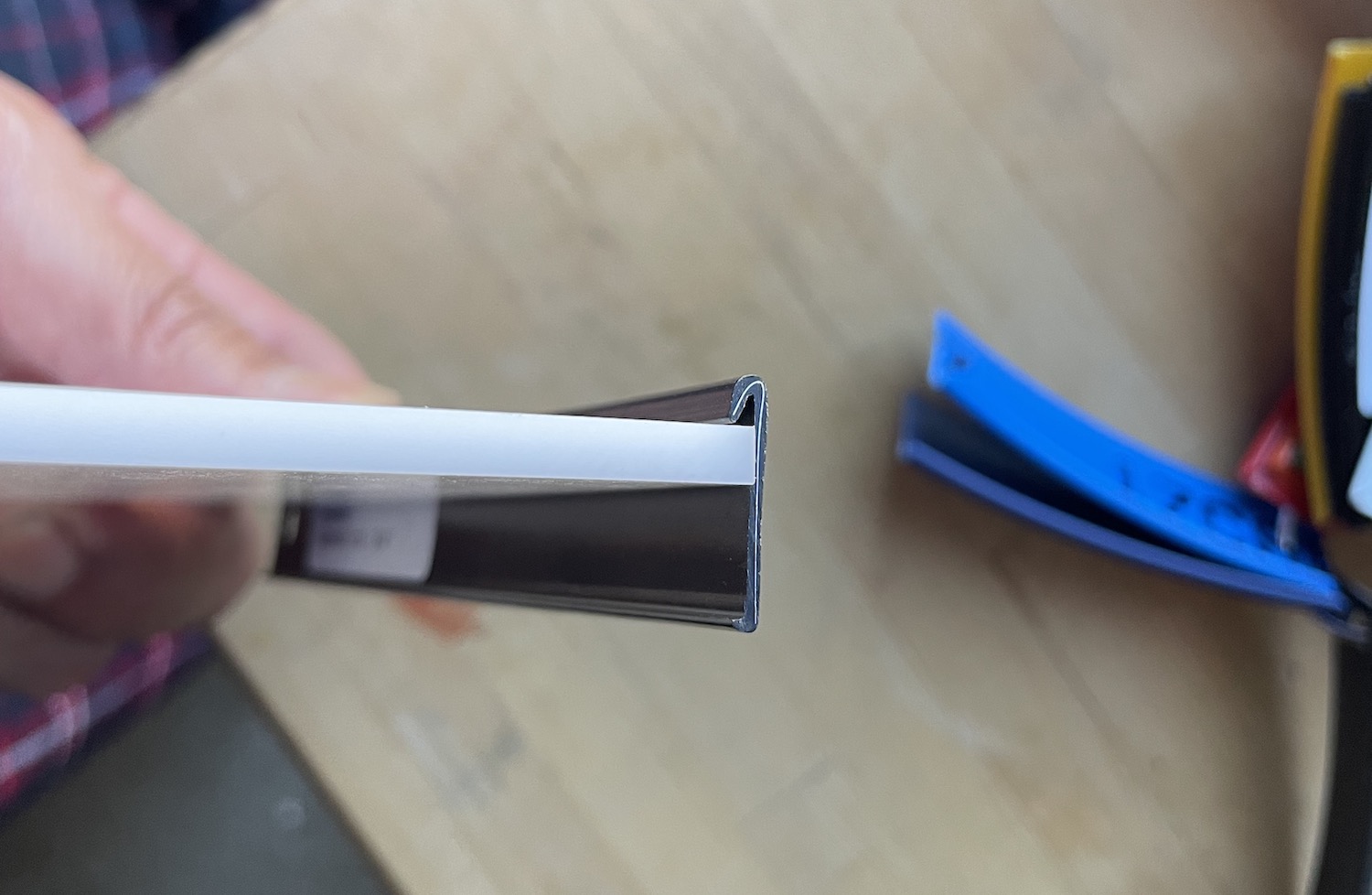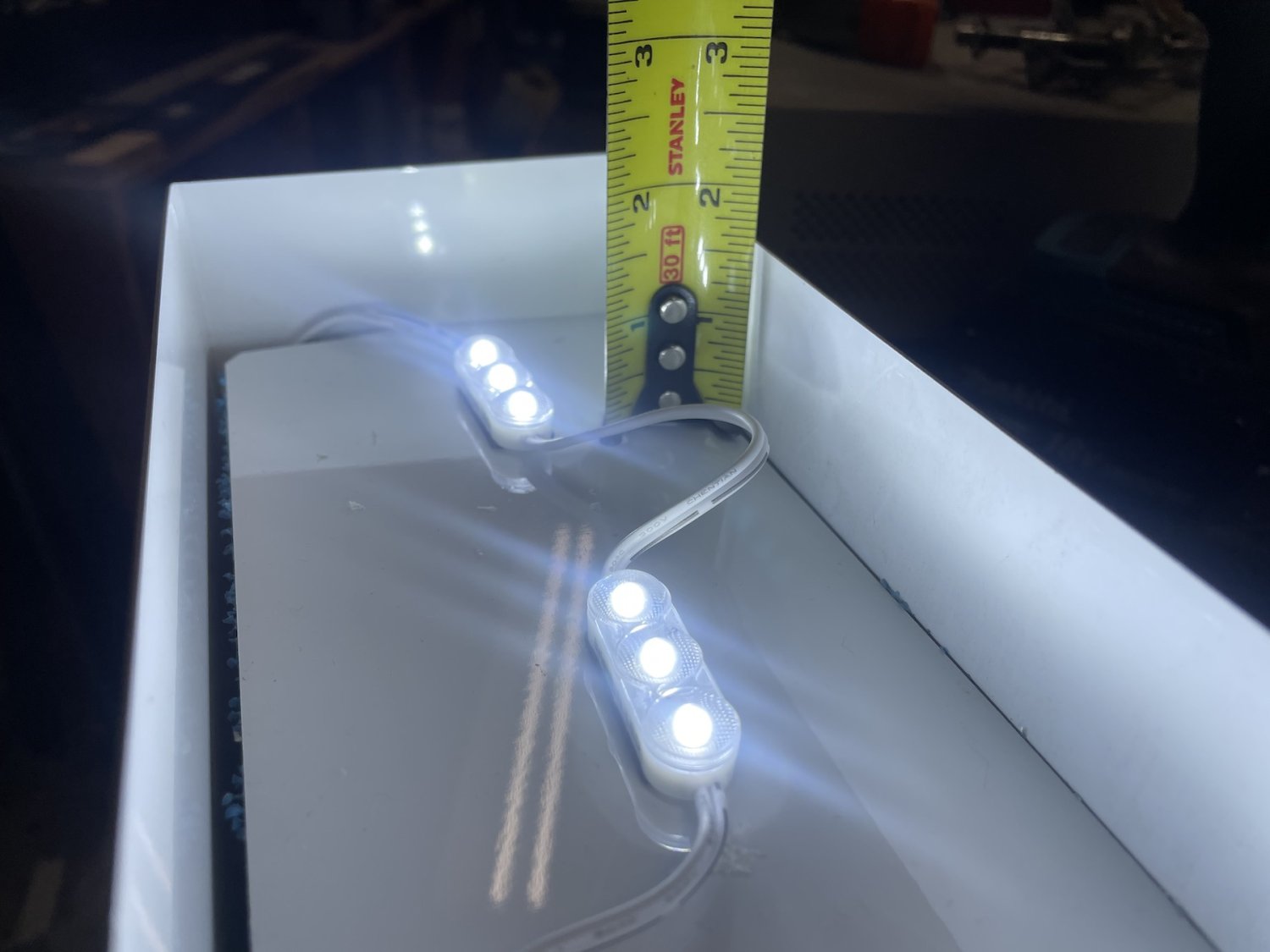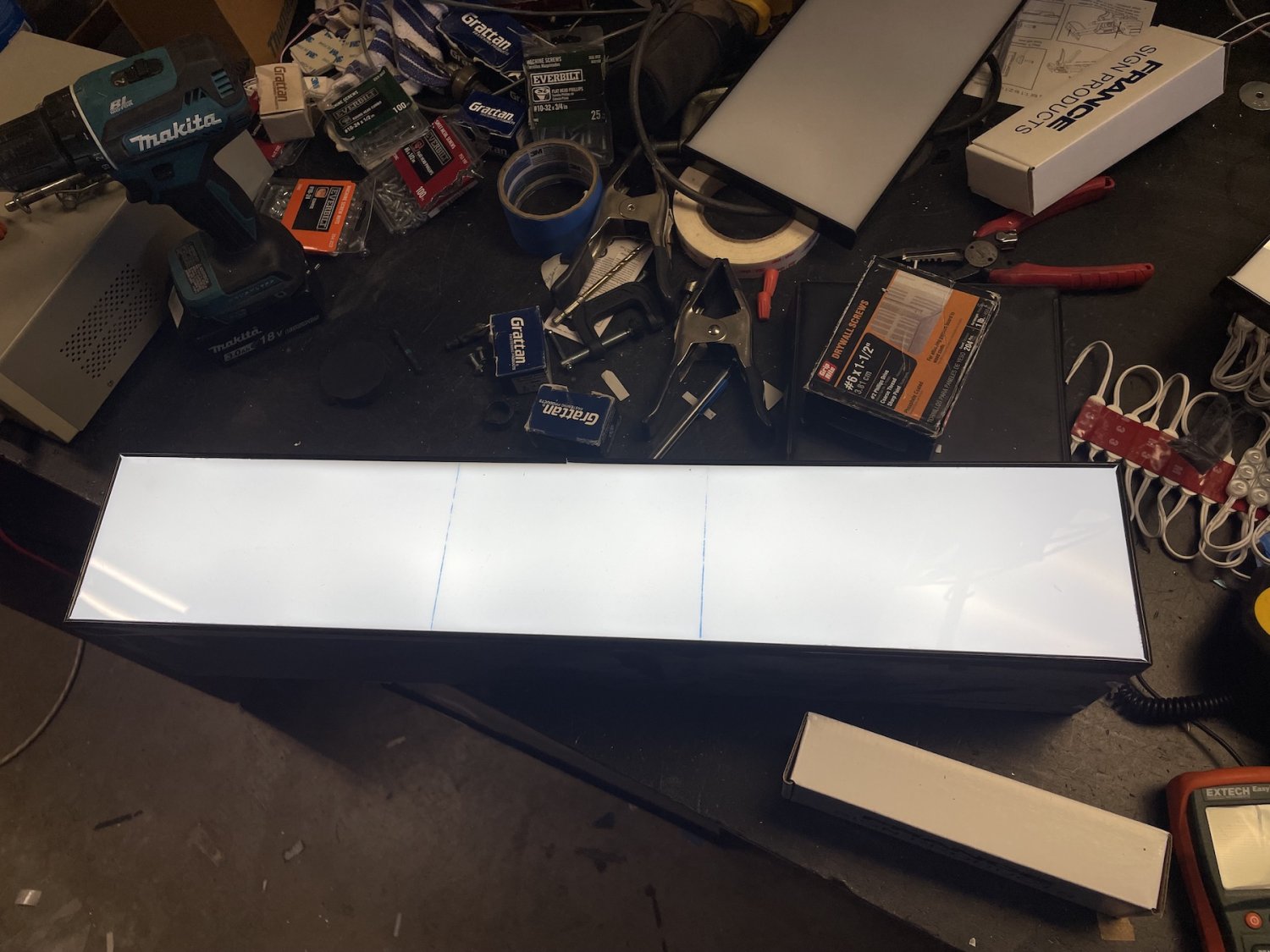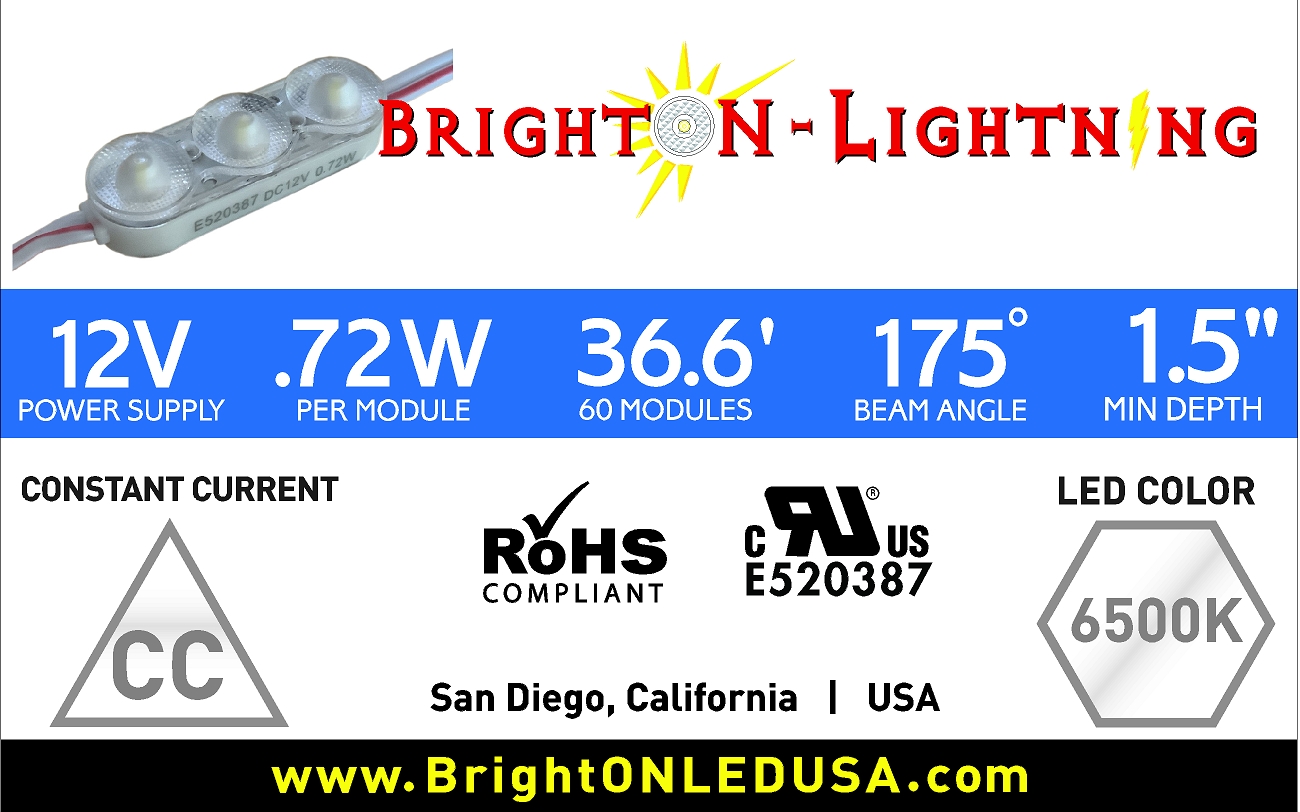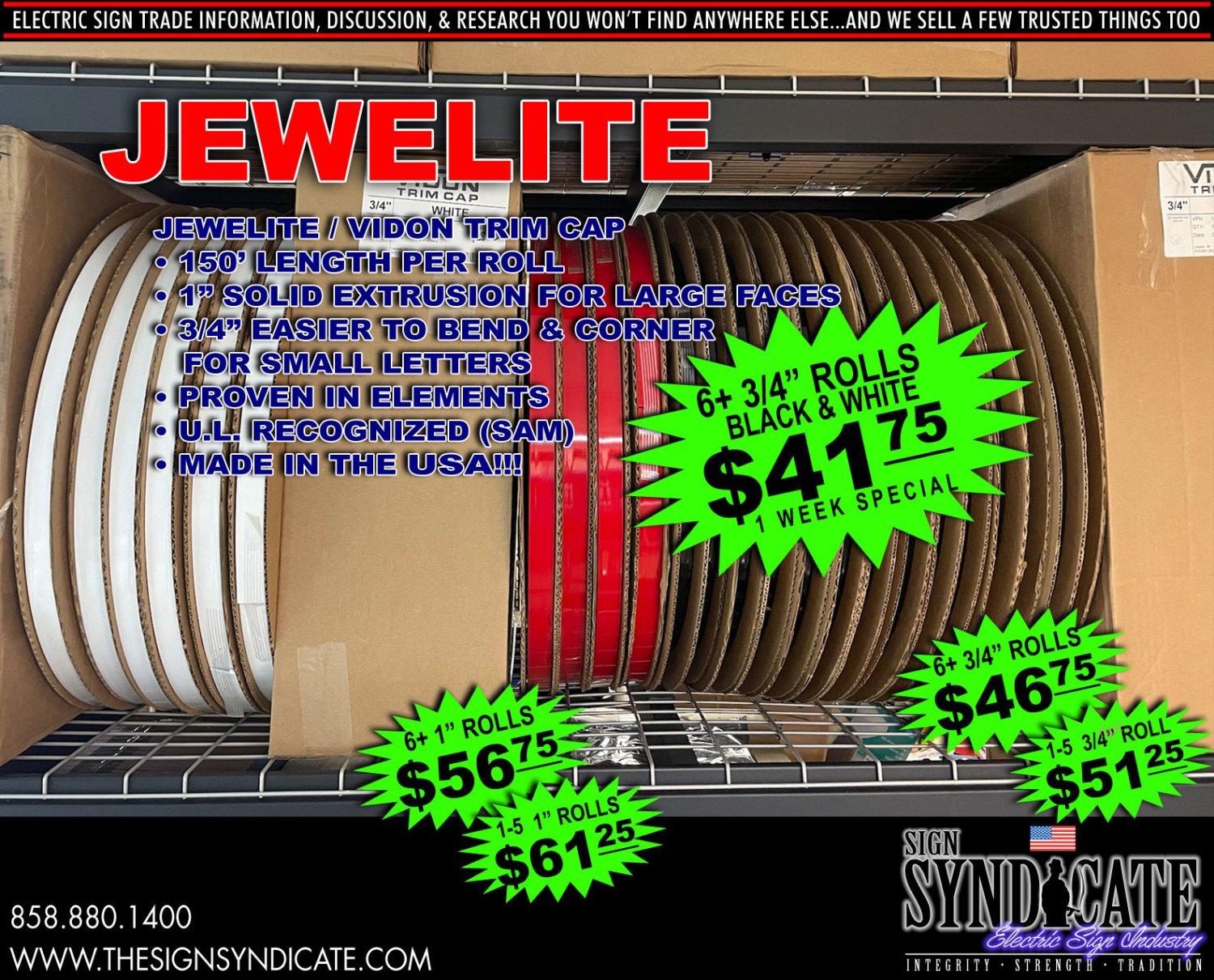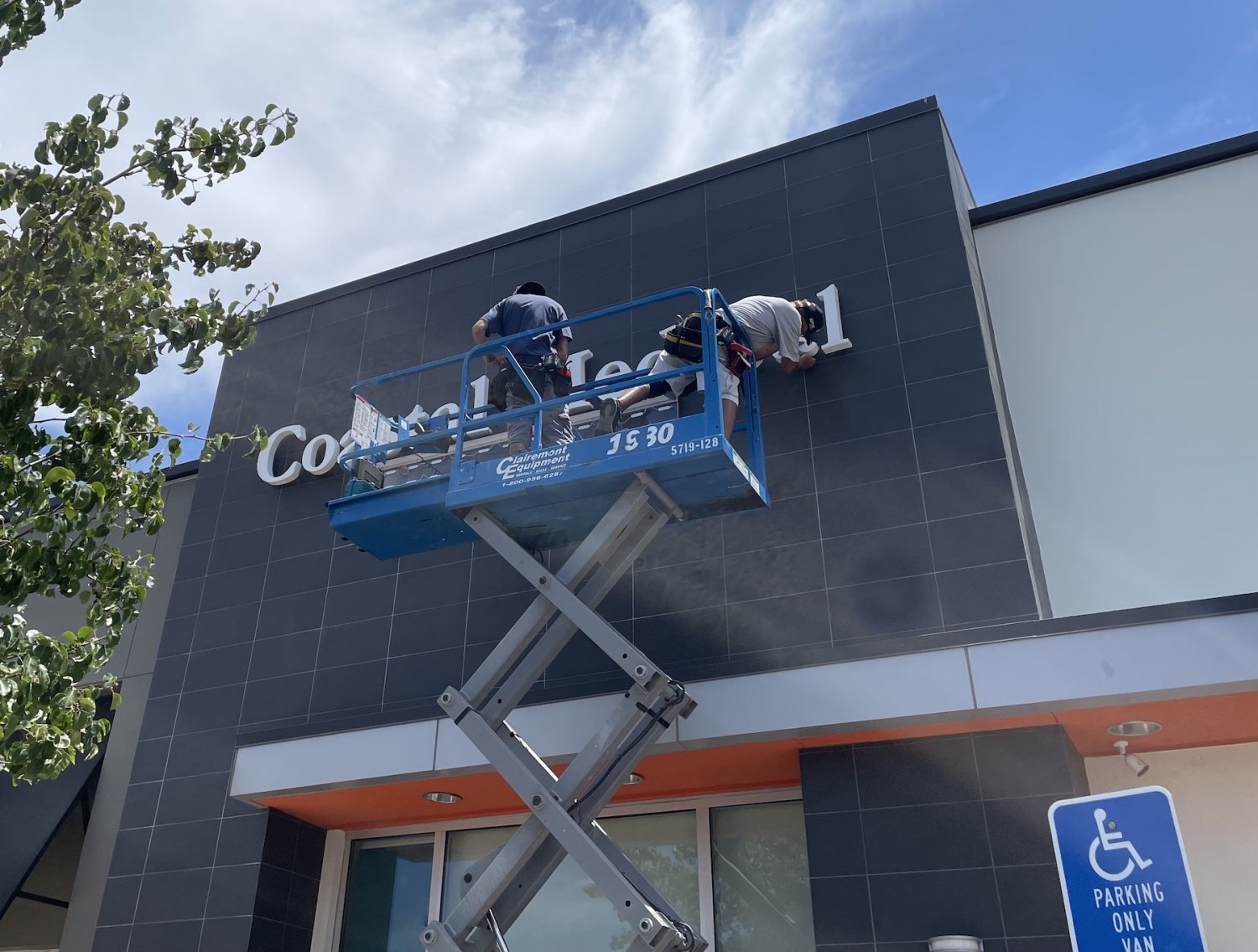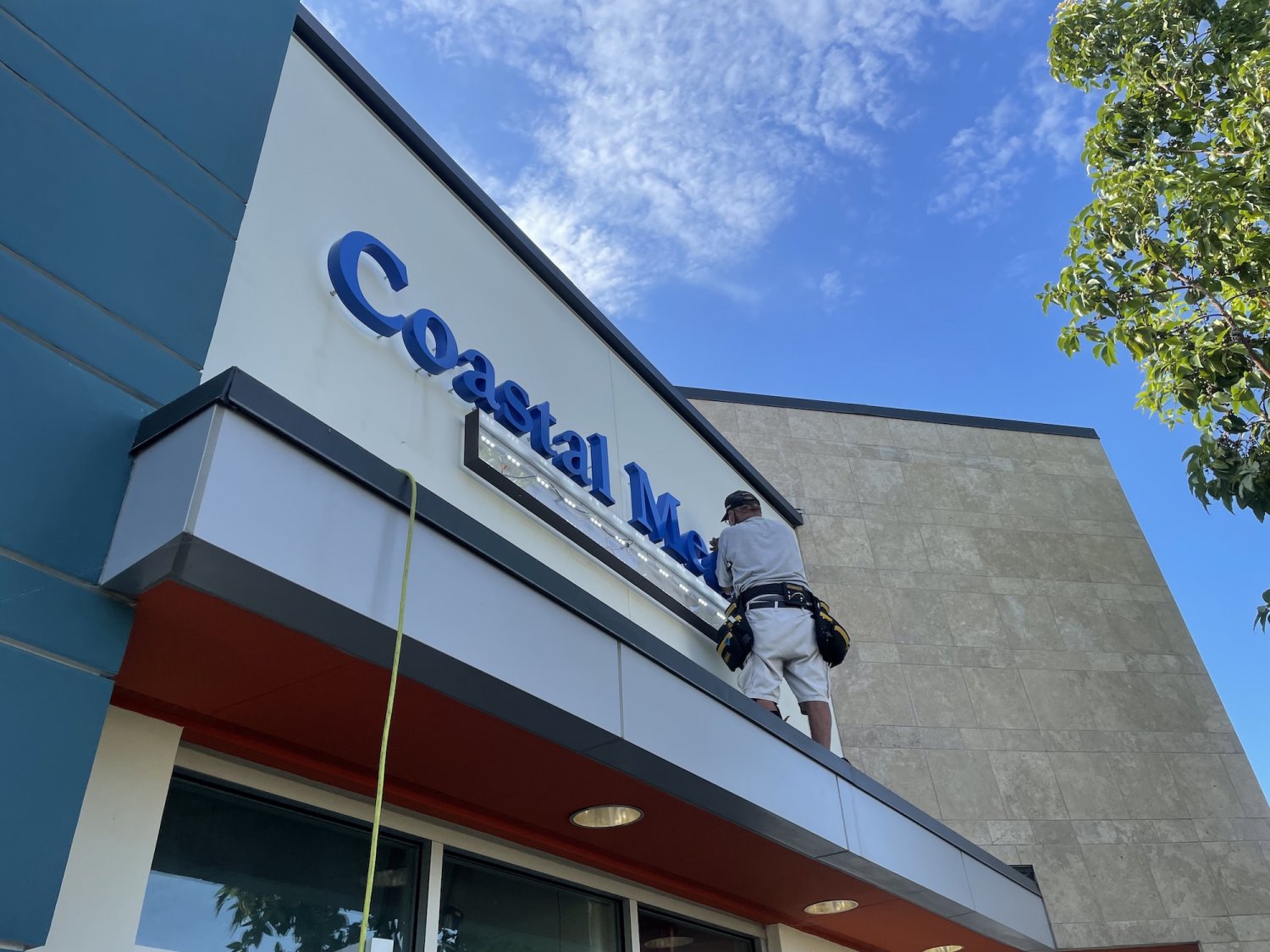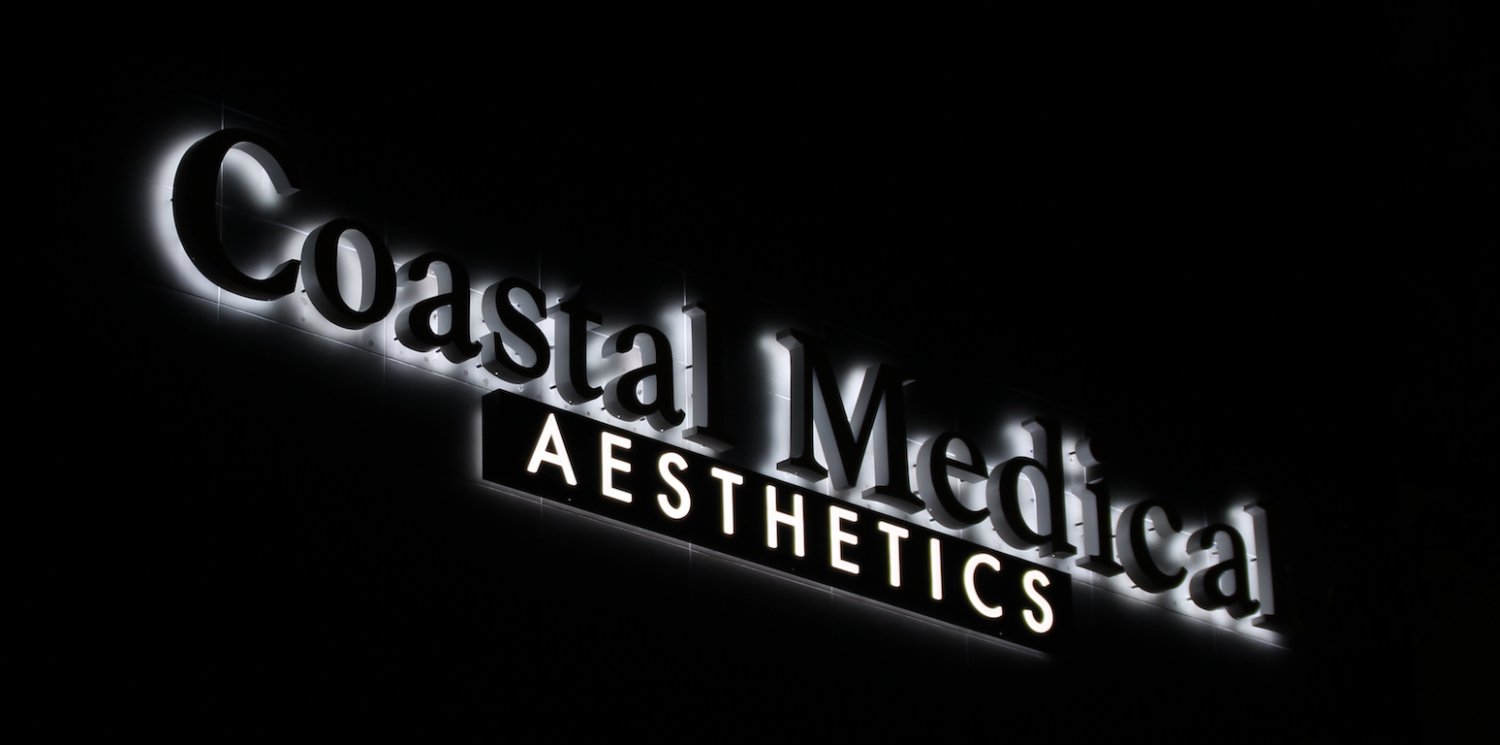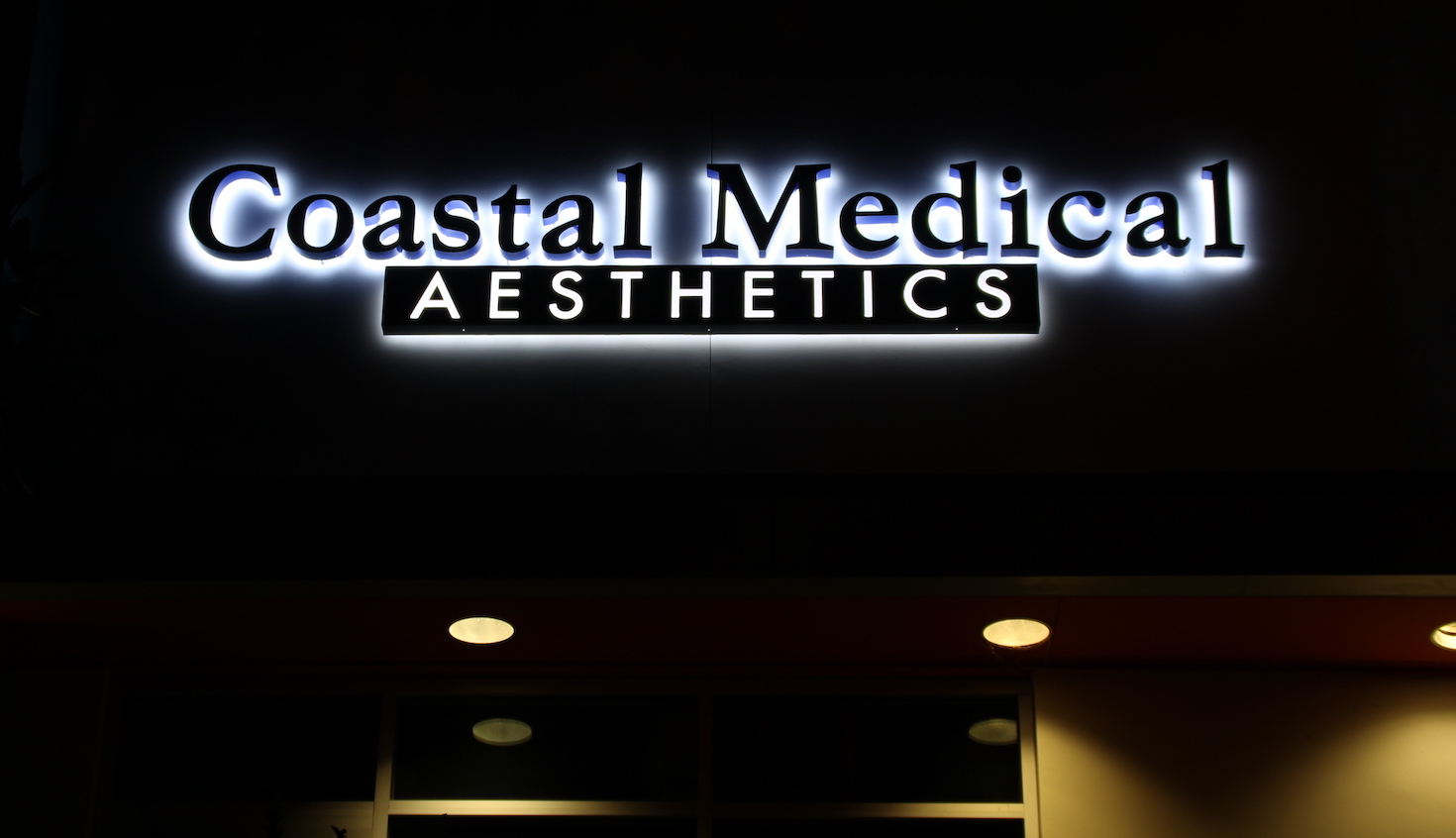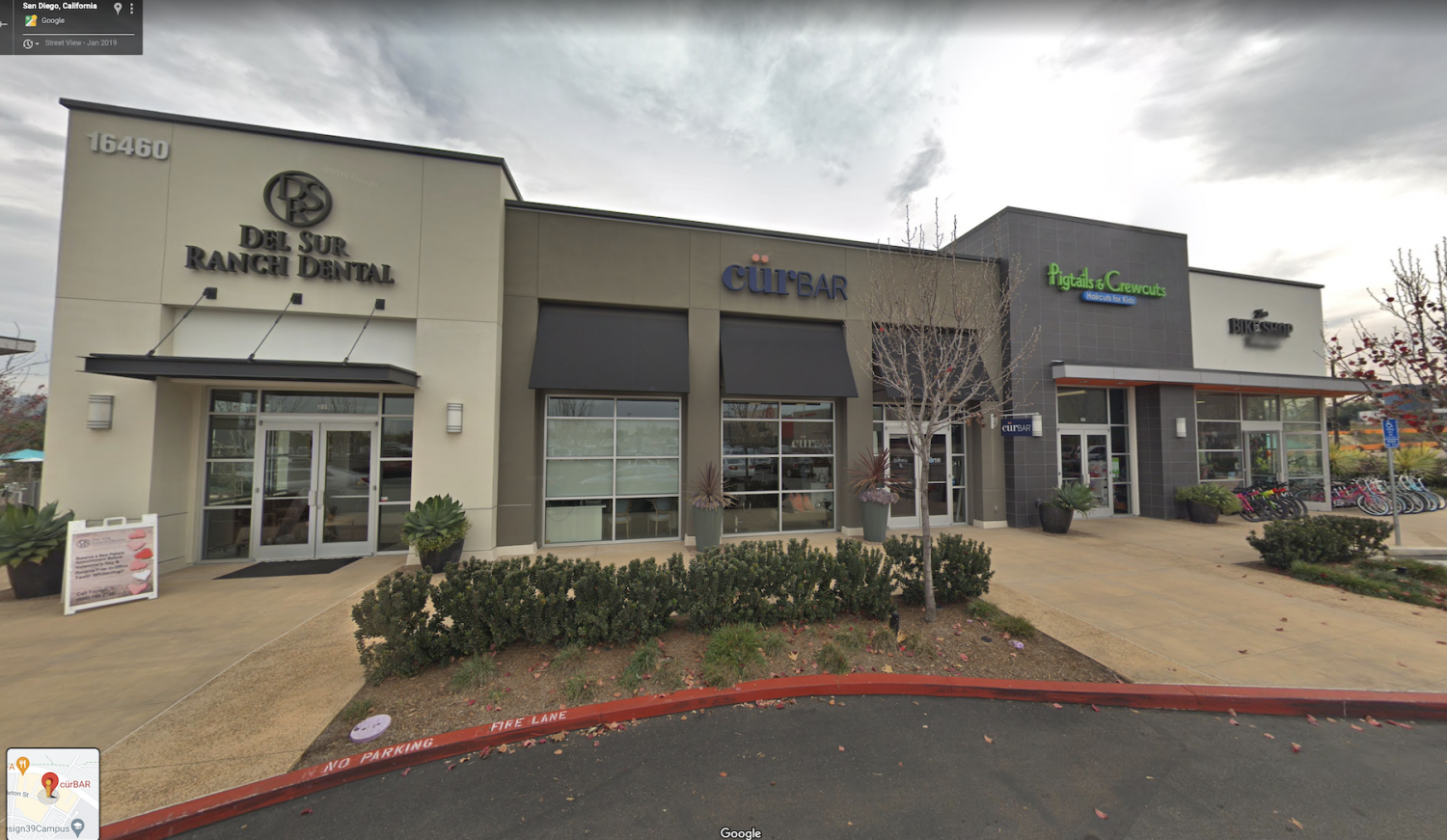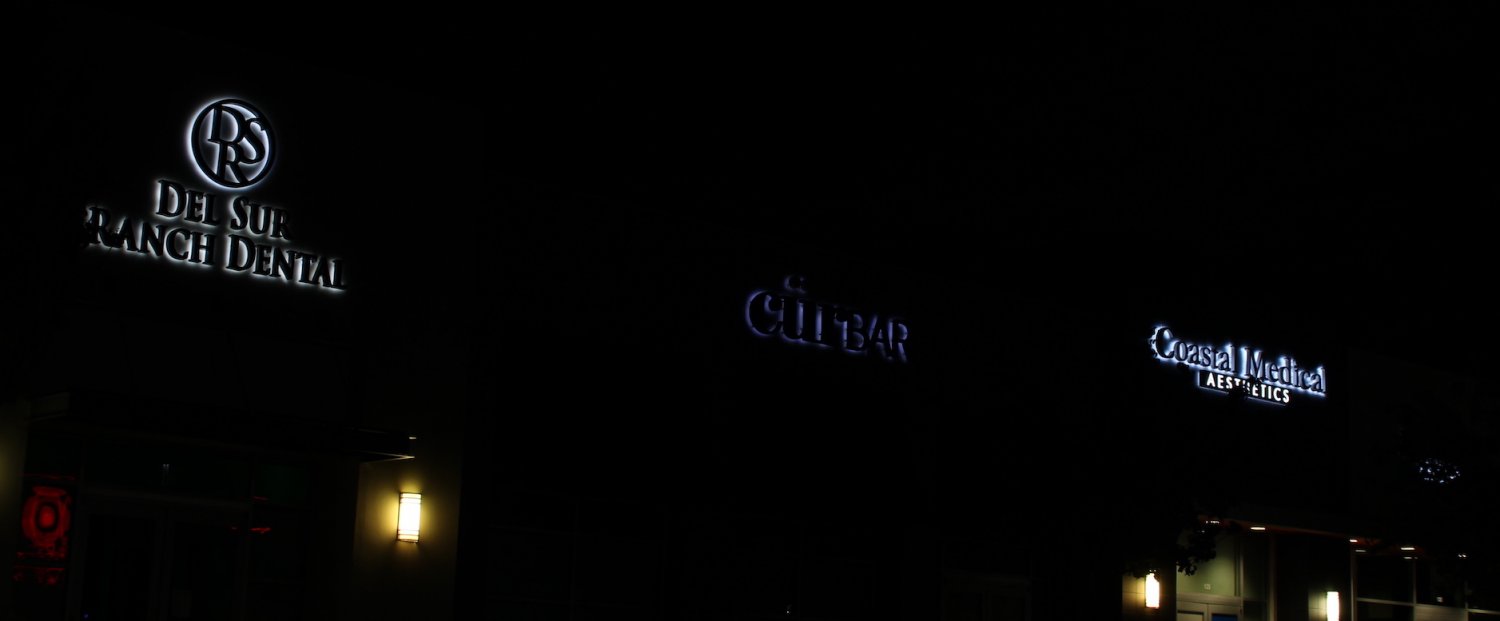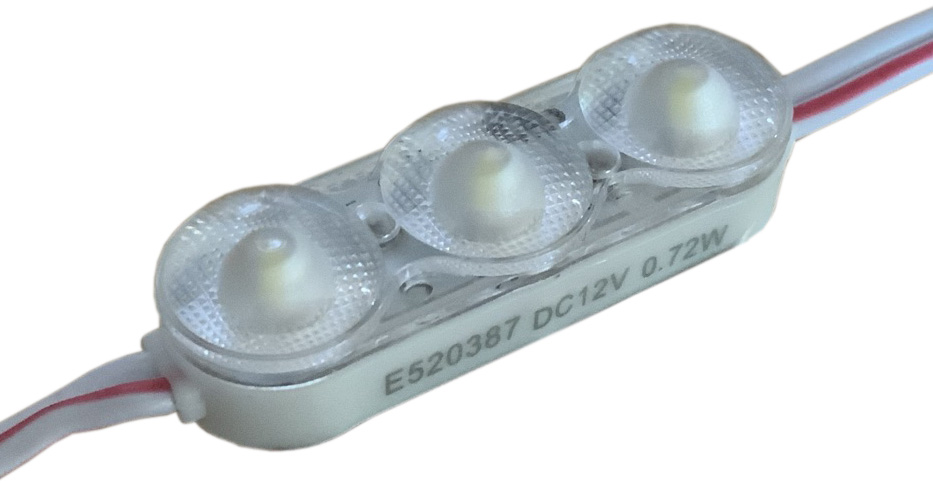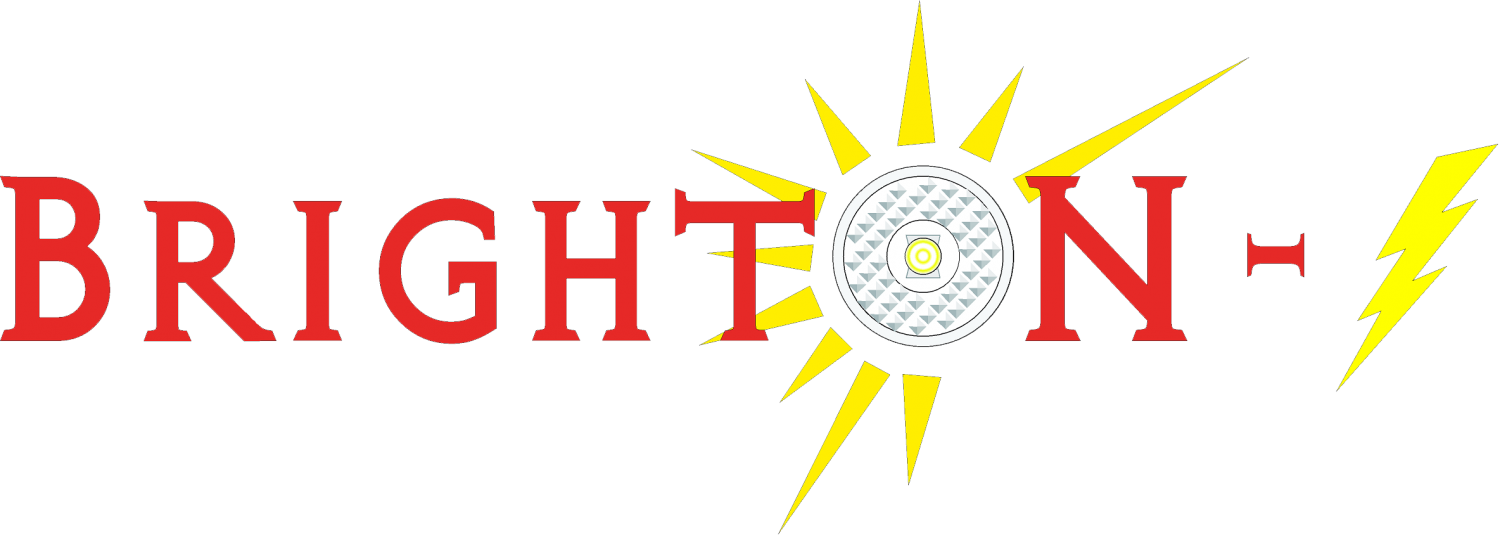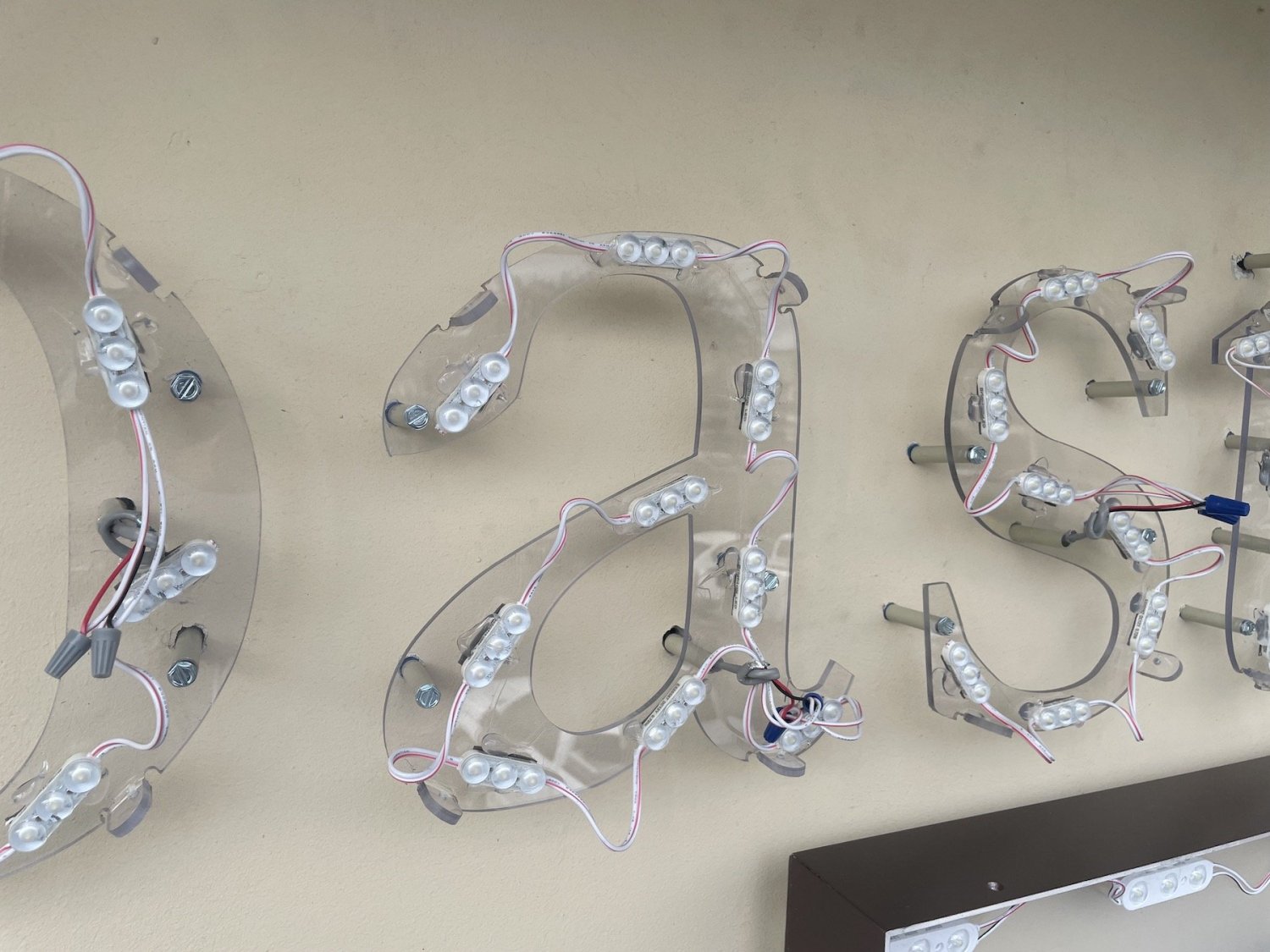-
Posts
9,920 -
Joined
-
Last visited
-
Days Won
241
Content Type
Profiles
Forums
Events
Blogs
Gallery
Community Map
Everything posted by Erik Sine
-
If you liked the BrightON Sunfire, it just got better!!! Hope everyone is enjoying their weekend, just did a quick lil video of one of our most unique LED Sign Modules for Deep Sign Cabinets.
-

The BrightON Ruby Red vs Principal LED Qwik Mod Red ShootOut
Erik Sine replied to Erik Sine's topic in General Message Board
Check out what we did here towards the end of the post adding in jumps- 2 replies
-
- principal led
- brighton led
-
(and 2 more)
Tagged with:
-
The BrightON-II Ruby Red vs Principal LED Qwik Mod Red ShootOut So, we got some interesting feedback from our last Shootout between the .8w 24V BrightON-II, .8w 12V Principal LED Qwik Mod 2, & .96w 12V Sloan's Value Line 4. Confusion First and foremost...We are from the Sign Industry as Fabricators & Designing and we will continue to build LED systems from that view point.... There seems to be a lot of confusion in the air with our industry as some were quick to say the comparison was bad because the BrightON II LED module was 24V compared to the rest only being 12V. There was also confusion when I explain that the BrightON II LED Module was way more light efficient. Let's take the first one. There is nothing about a 24v LED Module that makes it brighter over a 12V if they are both .8watts each, the only difference is 24v is double the voltage, but half the current of a 12v LED Module....just as a 12v LED module is half the voltage but double the current of a 24v LED Module. What's important about the 24v BrightON LED line is that they are built to last (and we have 12V LEDs too), that being said....we design for 24 volt system because it means the module is taking half the current through the system which means it's getting half the resistance and heat of a 12v LED Module. Lesser heat and resistance means longer life. LED's HATE heat! The second part, when I say Light Efficient, I don't mean it's "Energy Efficient" for the client. I'm saying the quality of the LED chips (Diode) is such a high quality that it requires very little power in for more light out. In other words the BrightON II Led Module, is producing more light for the same power as the Principal Qwik Mod 2, or lesser power than the 1 watt Sloan Value Line 4. This means the BrightON is built with higher quality. BrightON LED is building Quality, NOT Quantity. BrightON LED is building lighting components for Competitive Light, NOT....Usable Light. And it's producing more light being under driven, NOT overdriven to produce more light, hence the BrightON II .8watt produces more light than the .96watt Sloan Value Line 4. Alright, enough of that. Now we enter the .8w 24v BrightON II Ruby Red vs Principal LED's Red Qwik Mod 2. The Shoot Out Principal LED Qwik Mod 2 Red (Left), BrightON II Ruby Red LED (Right) The Benchmark Comparison Details Similar to the last comparison, not much changes. Both are contained in a 24" x 4.25" x 5" Channels. The faces are 1/8" 2283 Red by Plexiglas MC Grade. The BrightON II Ruby Red LED is .8watts per module and a 24volt module, the biggest difference is that the module is Constant Current, NOT Constant Voltage, the wiring is also 18 AWG. The Principal Qwik Mod 2 Red LED is also .8watts per module and is a 12V module with a contact voltage system. The wiring is 20 AWG which will have voltage loss for long long runs and jumps that are involved with Channel Letter lighting that will lead to dimmer lighting at certain points in jump from the Power Supply Both modules are spaced equally, 6" OC, 3" from the ends. The Results Well, the results are significant...... The BrightON II Ruby Red is significantly to say the least, WAY more Light efficient than Principal LED's Qwik Mod 2 Red. The BrightON Ruby Red has double the Luminance (Light on a surface) than the Principal Qwik Mod 2 Red. The Foot candles per watt are also double. If you had two signs with the same name "Rug Depot" and they were both side by side, the difference at night would be HUGE. You could even say we could space the modules of the BrightON Ruby Red out much farther to use lesser modules and the sign would still be brighter and the Qwik Mod 2 Red and the Cost of Operation would be much less. We could even be so bold to say that we could down size the wattage of the BrightON Ruby Red to a .6w or .5w module and still be brighter than the Principal Qwik Mod 2 Red. Constant Current vs Constant Voltage Basics As explained before... Constant Voltage Let's talk about the Constant Voltage LED System and how it affects Sign Applications and Projects. CV LED modules only use Resistors to protect the system, this is minimal. Sometimes LED Power Supplies can kill these Systems especially when not loaded right. A lot of LED PSU's (LED Power Supply Units) vary in the voltage out, or secondary. Some Secondaries can output about 12.15 to 12.24, sometimes slightly higher. That fraction of a volt makes the LEDs run hotter and the brightness of the LED goes up beyond the intended purpose. Also, if you light a string of say 25 LEDs, the first module takes a bigger hit than the last LED module on the string, also the light output of the first module is brighter than the last. You will have inconsistent lighting of LED modules on long strings when it comes to CV Modules. Fractions of a volt dim the LED modules from string to string or Jump to jump. Constant Current With Constant Current LED systems, each module has a current regulated by having an on board CR Chip. What this does is govern the current, in short....it's extra protection. How it differs is, unlike CV LEDs, where the last LED module on a string of 25 will be just as bright as the first module on that string. Also, going over the intended voltage will not affect the light output or life that it will with CV LED. CC LEDs assure consistent brightness throughout your sign, and longer life than a CV LED Module where they can be overdriven Loading Advantages With the 24v BrightON II Ruby Red LED modules, you can load 120 modules on a single channel 96watt France Lighting Solutions Led Power Supply. On a 12v system you are limited to a single 60w channel which will give you about 63 modules being on the safe side. In Closing The Results Speak for itself.... This is not to take away from what light the Principal Qwik Mod 2 Red produces, it's decent, it's your average red creating usable light. But it's Constant Voltage and it uses 20AWG wire for it's system which will further voltage loss when used for channel letter lighting along with dimmer light with that voltage loss. The BrightON Ruby Red is just a High-End module producing premium light for the same power compared to most modules on the market today. I'll say again....first and foremost...we are from the Sign Industry as Fabricators & Designers and we will continue to build LED systems from that view point....NOT, the other way around If High-End, Long Life, Competitive Lighting is what you want to integrate into your Sign & Lighting Projects for your clients, then the BrightON LED line is what you want...
- 2 replies
-
- principal led
- brighton led
-
(and 2 more)
Tagged with:
-
I was just having a conversation with a buddy the other day about the Sign Industry. He asked me what I think is our industries biggest problem right now is. I answered pretty quick as it has been on my mind a lot lately. I told him that there isn't enough competition like there was decades back. Glantz just bought another Sign Supplier, there have been a lot of mergers between other Sign Suppliers. Right now, when it comes to LEDs that we buy at Sign Suppliers, those options have shrunk. Let's look at Principal LED for example. They bought Transco, they bought Ventex (took their LED line away), they bought Aries Graphics (Neon & LED Wizard), and just recently they bought Sloan LED. Quality when it came to their LEDs has been average over the years. There's nothing real premium about them, in fact over the years the quality and efficiency has gone down. Options of what you can buy as Sign Suppliers has shrunk, you can go there and you can buy, let's see....Principal, Sloan....and Principal & Sloan. I just saw a concerned post the other day on FB stating that LED prices are going up. I'm sure, why would they lower when the options are so few??? It's like the shrinking of Gas Stations, think of it as if there was only Mobile to buy your Gas. With less competition, can you see prices lowering, quality improving? No. That only happens when there is enough competition. The only real improvement in the last couple of years has been MET joining into the Laboratory fray. There is no longer just UL, there is also MET. This is the ONLY improvement I've seen in some time. Now, don't get me wrong. I'm all for Capitalism, and credit Principal LED for making all the right moves and rubbing out the competition. There is PLENTY of upside for them with making moves to shrink the competition, it's just when we as consumers are provided with less options....we end up paying more for less, that is the downside with not much competition in our market place. Unless of course, Principal LED becomes real generous and decides to cut prices and build better products despite the shrinking competition and takes this upon themselves....but this rarely happens....let's be real, how often as consumers does the happen? Just think if you were the only sign shop in town with no competitors to compete with? Would you be driven to provide the best customer service and use only the very best in components for your signs so they stand out at night? Would your attitude towards your clients change a little?
-
So….What makes the High-End BrightON LED Series Kick Ass? Well.....we'll show you! Let’s go over a few quick specs first and how they differ from a few of the major brands out on the market right now. For this purpose we compared the BrightON II to Principal’s Qwik Mod2, and Sloan LED’s Value Line 4, or VL4 as most know it as. The Shoot Out Sloan LED Value Line 4 (Left), Principal LED Qwik Mod (Center), BrightON II LED (Right) The Benchmark Comparison Details Each Channel is 24” L x 4.25” W x 5” Deep. Why 4.25” Width? Well, because the standard told you that each stroke of Neon should hold for 4”, at 6” or 8” you would add another. The acrylic face is just a simple 1/8” #7328 MC White. The module spacing for all modules is also the same at 6.5” OC The first thing you should know is that the BrightON II is Constant Current Module, NOT Constant Voltage. Both the Qwik Mod2 and VLT 4 are Constant Voltage. We’ll get back to this part in a bit, and maybe we will follow through in a separate article when it comes to CC vs CV and what the pro’s and con’s are. The BrightON II uses 18AWG for the module system wiring, the Qwik Mod2 and VL4 both use 20 AWG, so they will both incur some voltage loss in longer string strands, especially if it's s shop who likes to load 30 to 50 modules on a single string, this 20 AWG wiring doesn’t not help a Constant Voltage LED System, this works against it. The BrightON II is 24V, the Principal LED Qwik Mod 2, and Sloan VL4 LED modules are 12V. With 24V you have half the current flowing across the system, which in turn means less heat and resistance than a 12V system. This also means, longer life. The BrightON II is .8 watts per module, the Qwik Mod 2 is also .8 watts per module, the Sloan VL4 however is a higher wattage module at .96 watts. Usually higher wattage means higher light output. The Surface Lighting Results Since we’re in America, we’re using Foot Candles to measure Light Output, in a measured off area on each acrylic face (6” x 4.25”) we use an ExTech Light meter to measure the High and Lows, just like we have done in all past Benchmark Lighting Comparisons such as The Great White Hope, The Red Light District, & Blue Light Special. We add both measurement (High's & Low's) numbers together and divide by 2. i.e. FC High of 232 + FC Low of 226 = 458 FC. 458 FC / 2 = 229 FC, or 229 Foot Candle Average. As you can see, for the same power modules, the BrightON II is 29% brighter on the sign surface (Luminance), and 17% brighter than the higher wattage Sloan VL4. Lastly, let’s look at the Foot Candles Per Watt. This is the amount of light per watt on the acrylic or sign face surface. This illustrates the efficiency of each module, or light output per water being consumed. Depending on the quality of the chip, some will produce more light than others consuming the same amount of power. The BrightON far exceeds the Principal Qwik Mod 2, and the Sloan Value Line 4 in light efficiency. Constant Voltage Now let's talk about the Constant Voltage LED System and how it affects Sign Applications and Projects. CV LED modules only use Resistors to protect the system, this is minimal. Sometimes LED Power Supplies can kill these Systems especially when not loaded right. A lot of LED PSU's (LED Power Supply Units) vary in the voltage out, or secondary. Some Secondaries can output about 12.15 to 12.24, sometimes slightly higher. That fraction of a volt makes the LEDs run hotter and the brightness of the LED goes up beyond the intended purpose. Also, if you light a string of say 25 LEDs, the first module takes a bigger hit than the last LED module on the string, also the light output of the first module is brighter than the last. You will have inconsistent lighting of LED modules on long strings when it comes to CV Modules. Fractions of a volt dim the LED modules from string to string or Jump to jump. Simulation We simulated this small sign using 18 AWG wiring hooked up to measured LED Strings. We took a 12V PSU and hooked it up to three groups of LED Strings with Similar Loads to represent individual channel letters I also drew up a illustration to show you what we did for our benchmark test, and what his benchmark is representing. If you look at PSU 1, you'll notice that like most of how these signs are installed, the PSU goes to the first two letters of a group we'll call Jump 1, which is about 5' to 6' secondary cable length coming from the LED PSU, and extension or jumper to the second group also 6' cable length, and to the third also 6' from Jump 2. We took a volt meter and measured what the voltage was at each jump point. Keep in mind, this much smaller than how signs are installed in the field, the secondary wiring used to crimp led string in letters then to jump points ins much longer as we all know, jumps are also much longer. But this is a simple bench mark, we're not going extreme. Jump 1 Voltage Measurements 11.89 Volts Jump 2 Voltage Measurements 11.66 Volts Jump 3 Voltage Measurements 11.62 Volts So, now that we have our voltage measurements of each jump, we'll use those voltage numbers to illuminate a channel to show you how the light output is affected using by the voltage drops on a CV system. We used a LED power Supply where we control the voltage, also using a ExTech Light meter. Jump 1 @ 11.89 Volts = 240 Foot Candles Jump 2 @ 11.66 Volts = 226 Foot Candles Jump 3 @ 11.62 Volts = 224 Foot Candles Like I said, this is a smaller version than what can happen in the field of installation where there is longer runs and jumps of secondary cable. It's common to see 11volts at some points or jumps. If we take this power supply down to simulate 11 volts, the light output drops to 190 Foot Candles. Now let's go the other way, let's go 12.24 Volts. 260 Foot candles, and climbs with each fraction of a volt up. Not good for LED Modules Constant Current With Constant Current LED systems, each module has a current regulated by having an on board CR Chip. What this does is govern the current, in short....it's extra protection. How it differs is, unlike CV LEDs, where the last LED module on a string of 25 will be just as bright as the first module on that string. Also, going over the intended voltage will not affect the light output or life that it will with CV LED. CC LEDs assure consistent brightness throughout your sign, and longer life than a CV LED Module where they can be overdriven Let's show you the second part to this illustration and benchmark The 24V BrightON II Content Current LED Module Simulation Jump 1 Voltage Measurement 23.95 Volts Jump 2 Voltage Measurement 23.82 Volts Jump 3 Voltage Measurements 23.82 Volts (No Change) Now for the light output Jump 1 @ 23.94 Volts = 334 Foot Candles Since Jump 2 & 3 voltage measurements @ 23.82 Volts the light output is the same at 333 Foot Candles The drop in light was so minimal with a fraction of a volt it took us going down to 22.5 volts to see any kind of significant drop in light. Let's go the other way and drive the string to 27 volts. No affect on light output There has been a lot of questions about CC and CV LEDs in our industry and how it affects signs in the field, so I hope this answers some of those questions. This is why the High-End BrightON LED Line really KICK ASS! The complete LED line is Constant Current, both 24V & 12V Modules, The BrightON II, IV, and SunFire are all 24V. 24V allows users to load more LEDs on a single channel / PSU Unite to 96Watts over a 60W Channel / PSU. You also have half the Current, Resistance & Heat of that of a 12V system. As you can see from the comparison above, you get more light for the same power as other LED manufacturers and at times higher wattage modules. That's Efficiency! The BrightON LED line is also very Under Driven, where as there drive theirs to peak to achieve certain light output, and this will lessen LED Module Life.
-
A word of Caution. So, I’ve been busy lately building a display for the BrightON LEDs going in over at a booth for the upcoming ISA Show and have been meaning to get this out as a word of caution. As you may know we’ve been selling Vidon / Jewelite Trim Cap for a little over a year now alongside Plasco, and now also, soon to be Guildo Trim from Italy. We had a really great start to a new relationship with Vidon Plastics, who is the actual manufacturer of Jewelite. I had really good conversations with Matthew Dube, who handles Sales & Tooling for Vidon Plastics. For those who may know, Jewelite doesn’t sell much of 3/4” Trim Cap, if you use Jewelite, chances are you’re buying 1” & 2” instead of the 3/4” even for small letters, like say 10”.....and this is hard on your fingers… So some dialogue sparked (last early spring) up and I wanted to improve their 3/4”, so I sent over some ideas and they were open to it. They had sent me out some sample versions of the extrusion changes I had suggested…and it worked out well. They said they would kick around the idea of making the changes between themselves and see what happens. I also suggested at the time, the upcoming ISA show and throwing the idea of the changes with their customers at the show. That was the last conversation I had with Matthew Dube of Vidon while also placing a very large order of 1” & 3/4” Trim Cap....it was a great last conversation. That was then, this is now. Fast forward to just this last December 2022, I needed to place another order of Jewelite Trim Cap and see what was the lastest was on the changes to the 3/4" Trim. Usually the response time from Matt was pretty quick, but pretty soon I was finding myself sending out multiple emails with no response. My phone calls about the inquiry of placing an order were never responded to. This was odd. I even reached out to the general Trim Cap sales email and another rep responded, and told me to send it to him. I sent over a PO, had to make a correction because their Gold is no longer made, and soon after revising the PO, I received no further response from this other rep. by email or phone. I was totally excommunicated for some unknown reason. To this day I have no idea why. If there was an issue somewhere, I can’t image why, usually the right thing to do out of professionalism, is reach out and communicate. But Matthew Dube, does not do that. The way they treat people trying to improve your product line to sell what not many are NOT wiling to buy? And, to be honest, I do this to myself at times. I for the most part put trust in people until they give me a reason not to. This is a flaw I have. I have to say, this doesn’t really happen where I get burned like this. I can only imagine this has to be Matthew Dube’s character, this has to have happened before somewhere, whether it’s within his what appears to be a family business or with relationships he has had with outside vendors and people he does business with. No integrity…. I don’t know, I can only guess. I mean, if it happened to me....someone genuinely and sincerely trying to help his product out…..surely it’s happened with others who may have been intertwined a lot deeper. Now fast forward… Then, today I happened to look at a social media site and I came across a post by a Yorston & Associates. They’re one of these sales reps that represent sign component manufacturers to Sign Suppliers and maybe they reach out to sign shops, idk They made a post about “Did you know Jewelite has a Paintable Trim Cap Roll”. What this rep probably doesn’t know (because they’ve never fabricated or installed signs), is that “we” as sign fabricators can paint just about any roll, we don’t need a “Paintable Trim” roll. So that was useful. My guess is, and I have no real information….somewhere along the lines with this Yorston Group, maybe Vidon excluded us, or Yorston pushed to have us excluded moving forward to break that house account. Now, it’s just an educated guess with no real information to back that up…but the chronology of events seems to line up. This Yorston may be the same group the Brown’s of Transco had told me about many moons ago…a group of sales representatives that they use to pay an absorbent amount of money to, to represent them and push sales for their sign components to the sign suppliers. They said it was the biggest waste of money they ever paid out, I just remember words like “Arrogant” and “Do Nothings” when it came to results, oh and “Conflict of Interest” when it came to representing them who also represented their competitors with like products to suppliers. So they seized employing this group or individuals that may not make up this group and reached out to smaller niche suppliers such as The Sign Syndicate who can put marketing in a true form, not bullshit sales points, but by putting the sign components in relative fashion and example. IN fact when we posted about how to use some of the products we opened a lot of eyes, because some didn’t know certain products were available or how to use them. I remember sitting in the office of a operations manager of a major sign supplier discussing the politics of the industry and in walked one of these third party sales groups like Yorston, in fact..he may have been a Yorston rep. He came in with a bag of painted trim cap screws, muttered a few words to gain interest of the operations managers who’s office I was in…..it was pitiful. The rep was nice, he was a nice person, the presentation just seemed odd. When he walked out of the office and the door closed behind him the manager rolled his eyes and shook his head, cracked a smile and something under his breath like…“useless”. Who is going to buy painted screws....for trim cap? Don’t get me wrong, there is always something for someone. It may be convenient for some, but it’s just not cost effective. Experienced Sign Shops pop hundreds of these little fasteners into cardboard or styrofoam substrate and spray them as needed for the project they are undergoing. I don’t think any or most of these reps have had any experience fabrication & installation experience in the sign industry, and it doesn’t translate well for the Sign Component Manufacturer which they serve. Because the real information the MFG needs is lost, or never gets back to them in the form of feedback about the products they are creating. But this is also a double edged sword, because a lot of times these shops, who want others to do their due diligence of homework on picking components for sign applications they build will buy products from sign suppliers just because they were read a quick sales pitch, from a sales point card that the manufacturer created for the rep, not by merit of the product itself. Ask the rep a few questions about a product is usually followed by a shrug of the shoulders followed by "I'll have to get back to you" It’s interesting, when I first started doing the Benchmark Light Testing Projects for Neon & LEDs my relationships with the Electric Sign Component Manufacturers really grew. It opened up my eyes, I really got to understand the relationships that are truly are between Manufacturer & Suppliers, and even how the Sign Associations really operated. This was the “looking behind the curtain of Oz” moment for me. To this day, there is still one thing that pops out to me, something that was said by a rep of EGL. He said that the Major Sign Suppliers and other sales reps…”are like the mob” to the Sign Component Manufacturers. It was a odd thing to hear back then, I didn’t pay much notice as that was not my ballgame, but I did see some strange hints….. but it makes total and absolute sense to me today, it’s as Clear as it can be. I’ve written about this before in past articles. Where Major Sign Suppliers that see The Sign Syndicate as a threat or competition, they would reach out to Sign Component Manufacturers and threaten them with no longer stocking their products if they continued a relationships with us. That backfired a few times in their faces, in a few cases I found out because the MFG Called me up laughing to relay the phone conversation they just had form the rather large Sign Supplier on the eastern side of our grand country. I absolutely love this industry that we’re in, I wound’t trade it for anything. Work, never seems like work to me. I’ve been blessed, truly…I feel very lucky to have known and learned from those in this industry that had a true passion, what I learned from them made me better. I’ve been in just about all phases of this Industry now…I don’t know what’s left. From starting out as a first generation’er in Fabricating & Installing Signs in 93, to starting The Sign Syndicate a “nuts and bolts” news and information website in 2005 where we started the electric sign industry Lighting Benchmark testing. Getting involved in electric sign component sales. Being asked to become a Electric Sign Technical Director for a Sign Association, though it was short, it was still an “experience” as one man put it. Now these days I’m developing my own LED Line from all the benchmark testing we did for the Neon & LED Lighting components. But in all those years, all those relationships I’ve developed….this with Vidon / Jewelite, is a first for me. I Like to help people and companies in this industry, that was my purpose of starting the SS. Again, the purpose of this was a word of caution. I hate to see what happened to me, where you invest money and time, to just see it go to waste. If it helps at least one person from a disaster, then it’s been worth the time here behind a keyboard typing this out. Oh, by the way. I encourage all to go to this years ISA Convention in Vegas. I you happen to stop by the Vidon Plastics / Jewelite booth and you’re a Jewelite Trim Cap user, see if they made the changes to the 3/4” Trim Cap….and if there is more “Mechanical fastener space” now than before, tell Matthew Dube at the booth to be sure and thank me, glad it worked out.
-
I was experimenting with the new revised BrightON Lightning module which is more efficient than the previous version.....more light for the same power. This BrightON Lightning module was made for very shallow lighting applications. Anyway, thought I would snap some pics and show how impressive this little module really is. This module is perfect for 3" & 5" return channel letters, even better for halo illuminated letters because of the crazy light output, perfect for Day/Night faces where you need light to punch through. This module produces Competitive Light, NOT Usable Light...so if you have a premium customer and premium project this little High-End Constant Current LED module is for you! A lot of light that will last a very, VERY long time. Here is a test channel at just 1.5" in depth, the acrylic used is 1/8" #7328 White, this is just using a Autohaus MC Grade 7328, and the result is even lighting no hotspots. LD Acrylic is real nice for LED lighting, but at 1.5" depth, this regular grade sign white light nice. 4"W x 24"L x 5"D Channel with false bottom, lighted up for a 1.5" Depth The Luminance right on the face measures something around 544 Foot Candle Average, that's some crazy brightness. Typical .6w to .72w modules for 3" and 5" returns with usable light luminance is around 200 FC's. Using these for the same you get around 300-400 FC. You can purchase these from our Online Store or Contact us to place an Order (858) 880-1400 | orders@thesignsyndicate.com
-
- brighton lightning
- lightning
-
(and 3 more)
Tagged with:
-
Basically they broke the warranty by hiring someone else to cover your warranty. I don't know why they can't grasp that, that goes for anything consumers buy. I would get what they are threatening in writing, that they hired someone else to cover your warranty.... and why they are not paying on another project. That's two different contracts, can't legally mix those or withhold payment...speaking form my state of course but I'm sure in front of any judge would see this case with basic logic.
-
Sound like a good laugh if I were sent the invoice, though it may not be funny to you. Seems like a break in common basic sense somewhere in not understanding who gave the warranty on the project
-
Ya know, sometimes here is a lack of Honor and Integrity when I comes to Sign Component Manufacturers and the outside Representative Groups that work along side them....sometimes
-
Board Patron's don't forget to update your profiles as it pertains to your available equipment, address, contact number / email etc for the Installer map
-

BOOMCO Equipment (ALADIN BRO) STOLE 20k from me! BEWARE
Erik Sine replied to alukard123's topic in Cranes, Buckets, & Trucks
I'll get word out. This is terrible, keep us updated. -
Thanks, should be working now
-
Site is back up, if some things are not functioning right please reply to this email so I can check it out
-

last minute rush quote requests on large projects
Erik Sine replied to Rocco's topic in General Message Board
I think it's a combination of other shops telling them they don't have time to the PM's thinking the quote is too high. I'd throw the high number at them and see if they bite -
Going to be doing some much needed upgrades across the site so we might be down for a few days.
-
Correct
-
Yeah, the shortage on translucent continues. I hear 3M is even going to shrink their line and pallette
-
They are magnetic, and I have yet to have a failure. There are now only two magnetic Neon transformers made for our industry....Allanson, made in China...and France, made in the US. Transco / Ventex stopped producing.
-
Well, it's show off time, and I want to show off how really awesome and high efficient (Light for power)these little modules are. At just .72 watts per module the efficiency of these little modules really comes to light (No Pun Intended). Yes, these little modules at just 1.375" long x 1/2" are Constant Current...NOT (Eco / Value) Constant Voltage! The BrightON LED Modules are made for shallow projects of 1.5" and above. They are also available in 3000K All BrightON LED Module are Under Driven, which is VERY important for longevity The lettering contains BrightON - Lightning, while the Cabinets contain BrightON-III LED modules INSTALL PHOTOS Dark tile background which soaks up light and offers very little in surface reflection for signs. Rear Wall, perfect for Halo Letters. The BrightON Lightning mixed with the BrightON III Modules Halo Illuminated letters over the dark tile fascia Rear Wall Illumination- Look at flood light lighting so you know there is no over exposure of night shot. Front elevation day shot from Google Map. Coastal Medical took over Pigtails (As Shown) Zoom out comparison night pic. Even on the dark wall BrightON LEDs outshine signs that are on much lighter walls. I should note.....and excited to announce.... We just updated our BrightON LED Lightning Modules with an even more efficient chip. The Lightning will the fist our the BrightON line to be updated with a higher efficient chip. At .72 watts per module, the Lighting will be even brighter, which will translate to no only brighter light output, but also allow you to space them further apart BrightON Lighting Spec Sheet.pages
- 1 reply
-
- brighton lightning
- lightning
-
(and 1 more)
Tagged with:
-
Just learned that all locations of Interstate Electric Sign Supply have closed, strange.
